
The Benefits of Board Games
Playing games is an easy and excellent way to spend unhurried, enjoyable time together. As an added bonus, board games are also rich in learning opportunities.



Playing games is an easy and excellent way to spend unhurried, enjoyable time together. As an added bonus, board games are also rich in learning opportunities.

This site provides a systematic, step-by-step program of more than 300 two-player math games and more than 50 activities to focus students' attention on mathematical concepts. These resources aren't just for practicing, they are for learning.

Climb up and slide down in the exciting game of ups and downs, Chutes and Ladders! You and the character on your pawn can see the square marked 100, but it's not so easy to get there. Slip, slide and see if you can win at Chutes and Ladders!
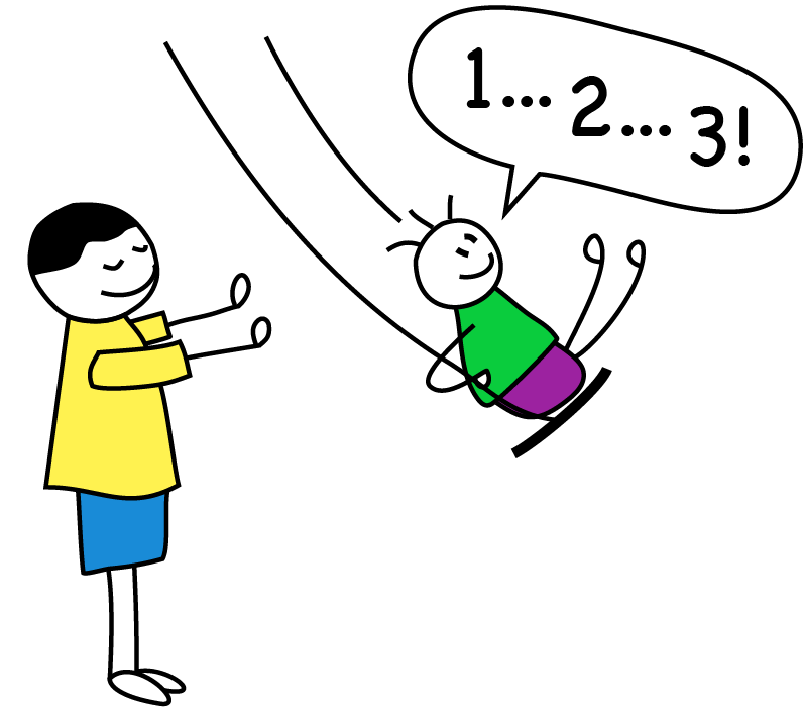
Free fun family math activities to enjoy math and prepare for kindergarten.

Preschoolers can have so much fun picking fruit to fill their baskets, they don’t even realize they’re developing and practicing math skills such as counting, addition and subtraction!"
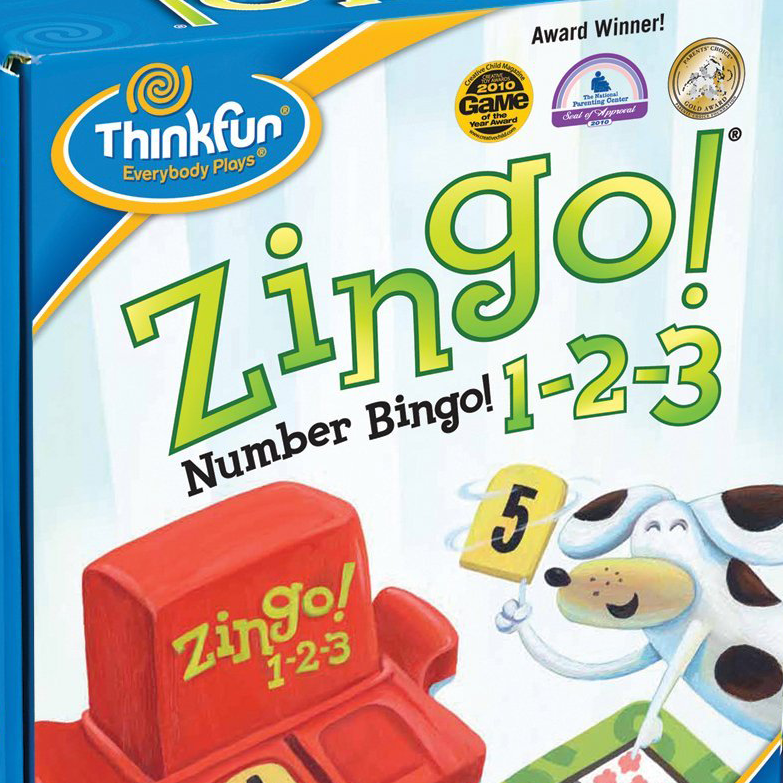
"With Zingo! 1-2-3, players match numbered tiles to images on their cards. The first player with a full card wins by yelling 'Zingo.' Two levels of play focus on counting and addition."

You and your child can have a lot of fun working with arrow cards to compare while engaging in friendly competition. You will be drawing one arrow card per player and comparing values.
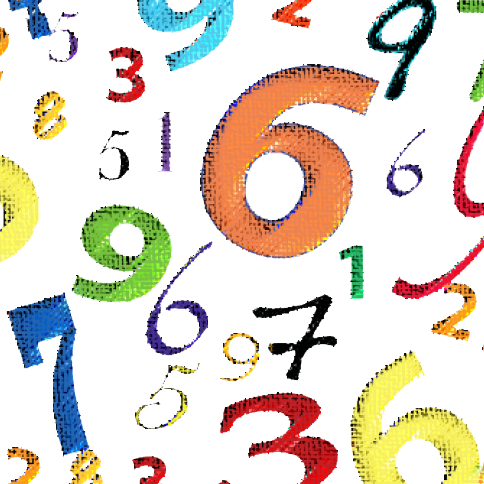
This activity brings the fun of card games to the skill of counting. You will use decks of digit cards (0-10) to see if you can play the card that comes after another number showing.
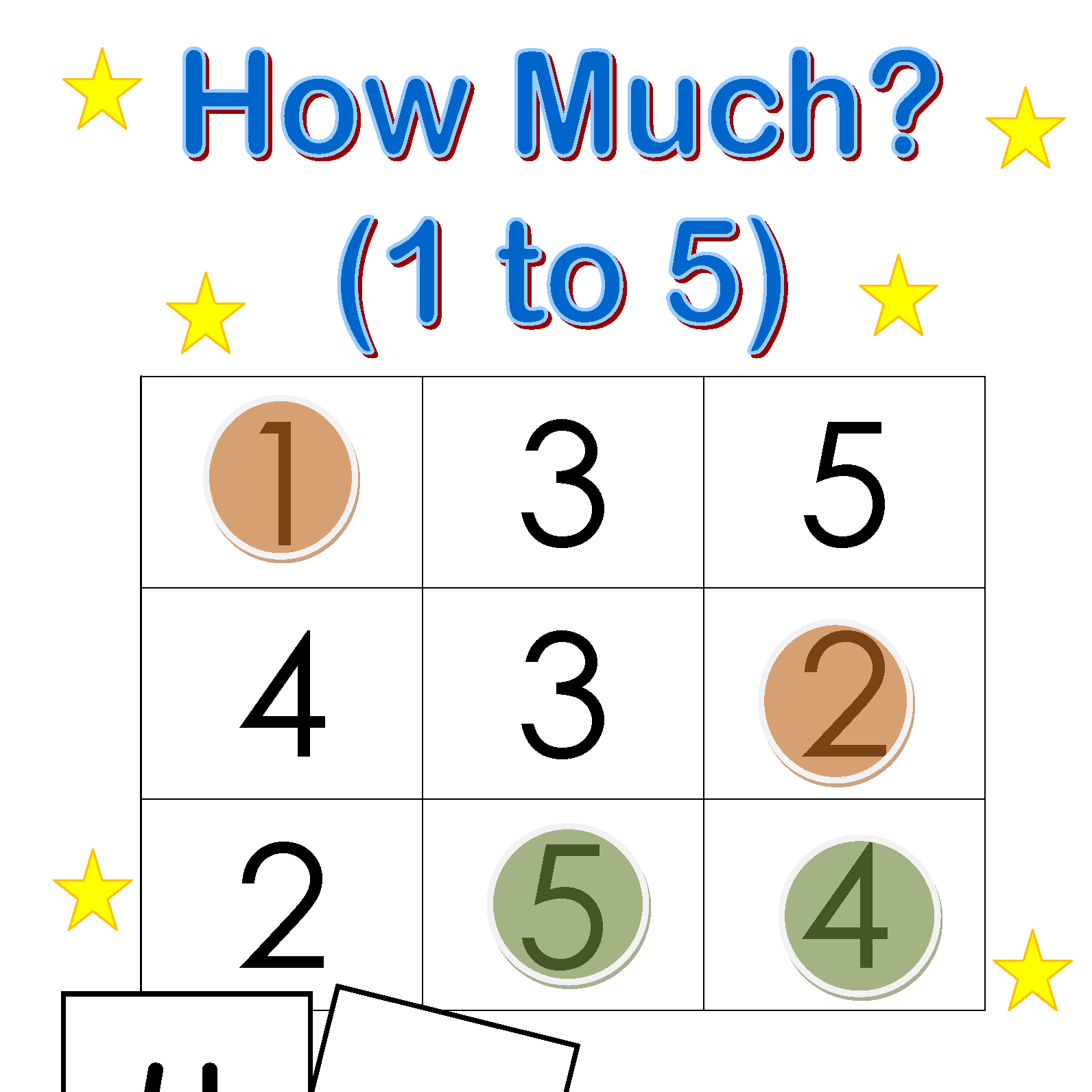
You and your child will be matching numerals and quantities in order to make a line. You can print out dot cards or use a standard die to roll a quantity and then cover the numeral on the game board with your marker.
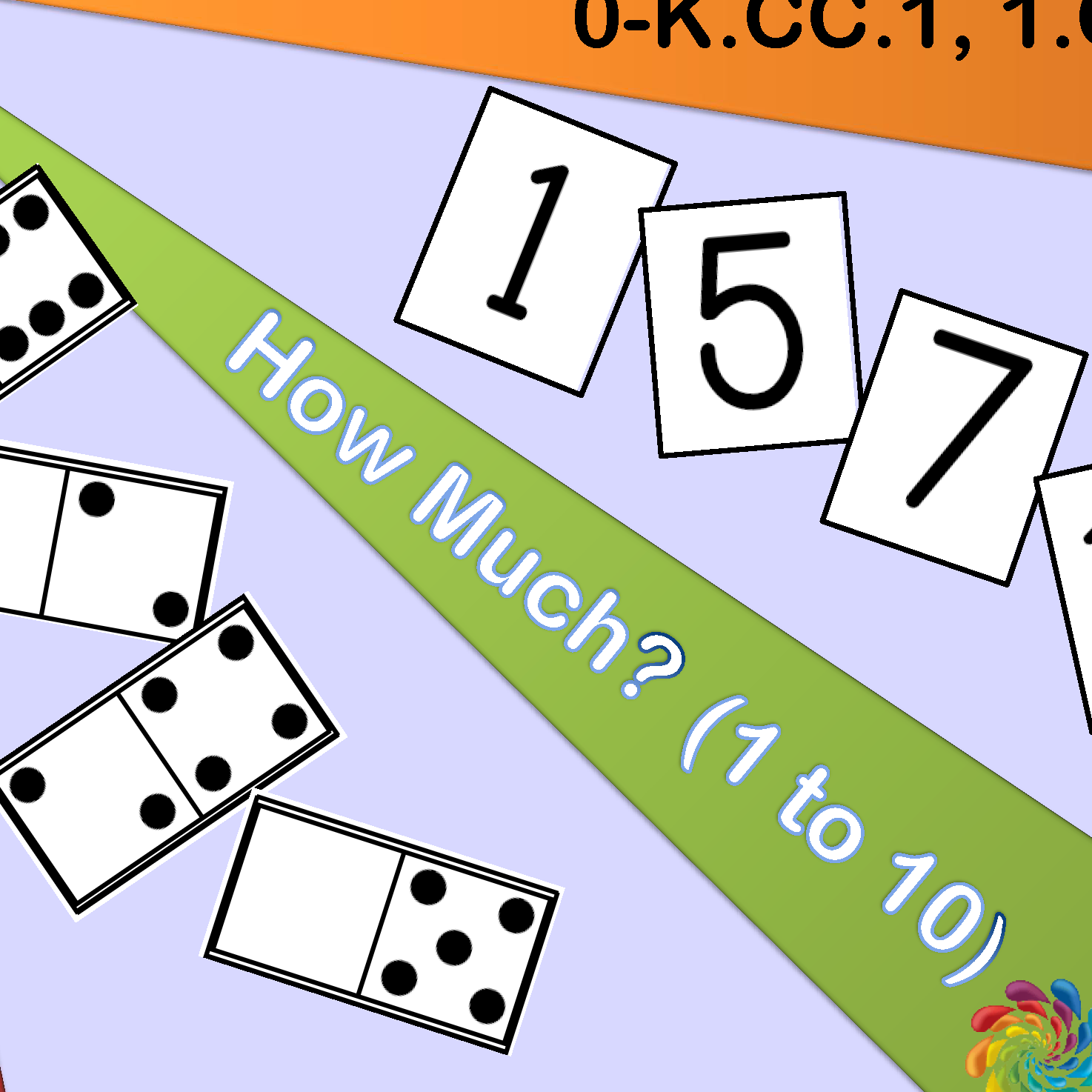
You and your child will be matching numerals and quantities in order to make a line. You can print out dot cards or use a standard die to roll a quantity and then cover the numeral on the game board with your marker.
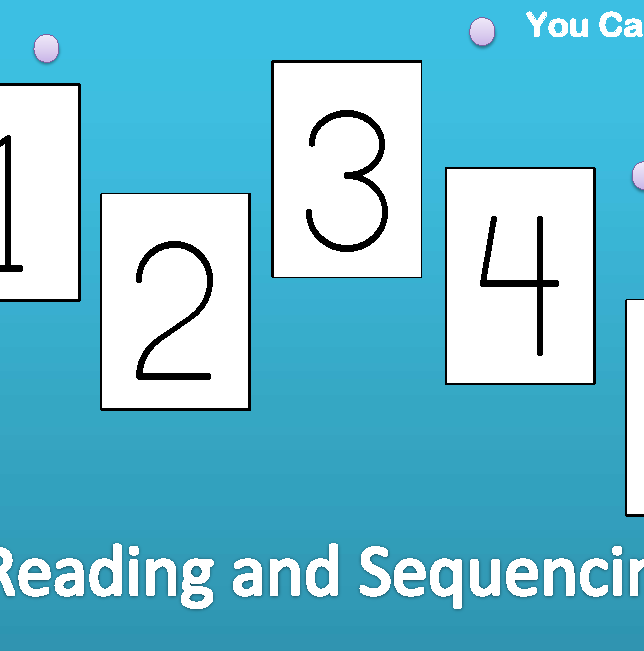
This activity is a fun way to help kids learn to put numbers forward in the correct order. Being able to count forward from any number between 1 and 5 is a very important part of learning how to count beyond 5.
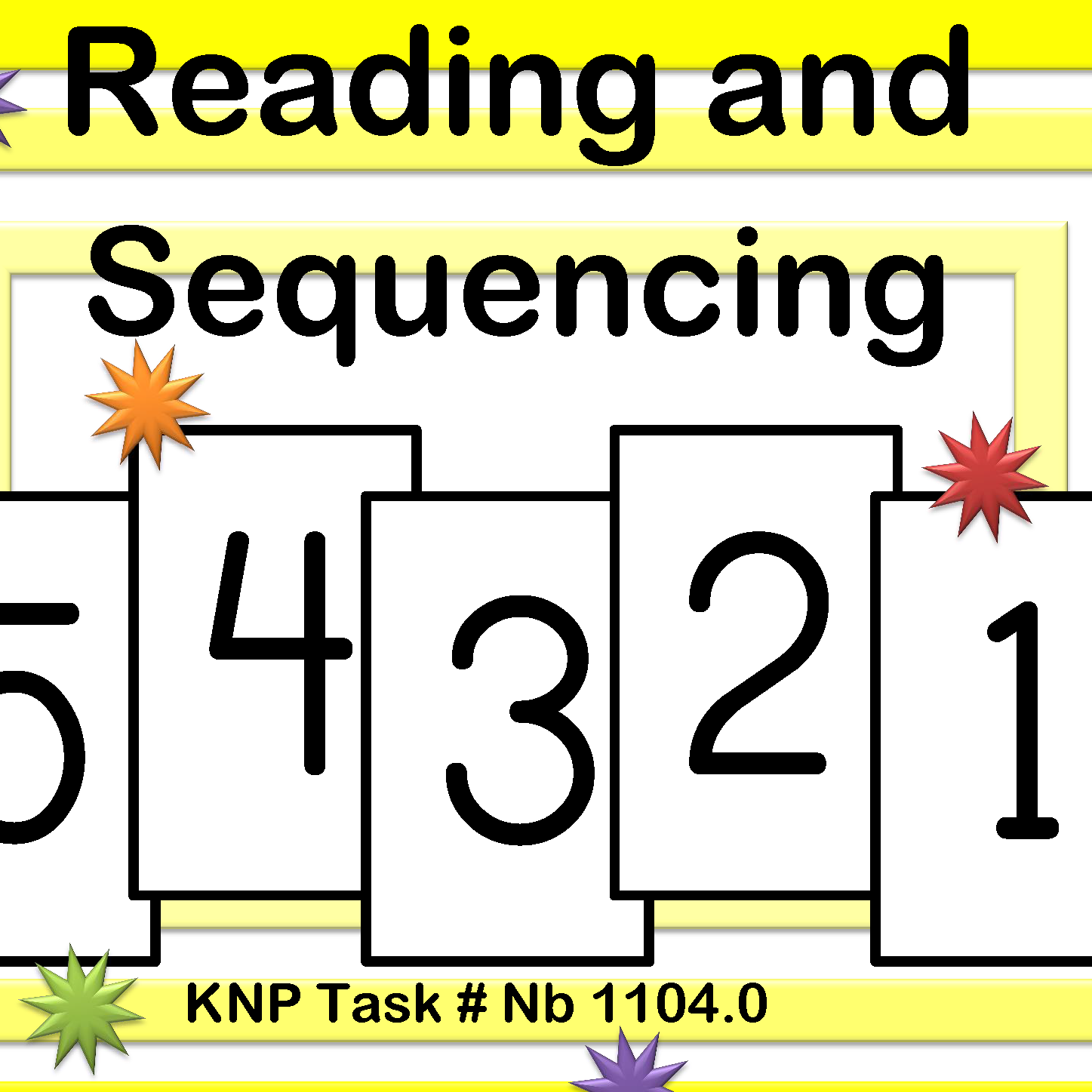
This activity is a fun way to help kids learn to put numbers in the correct order, and count forward and backward in the correct order.

You and your child can have a lot of fun practicing reading and identifying numerals 1-10. You will select a game card, finding the correct vehicle on the game board and then reading/identifying the numerals located in that column as quickly as possible.
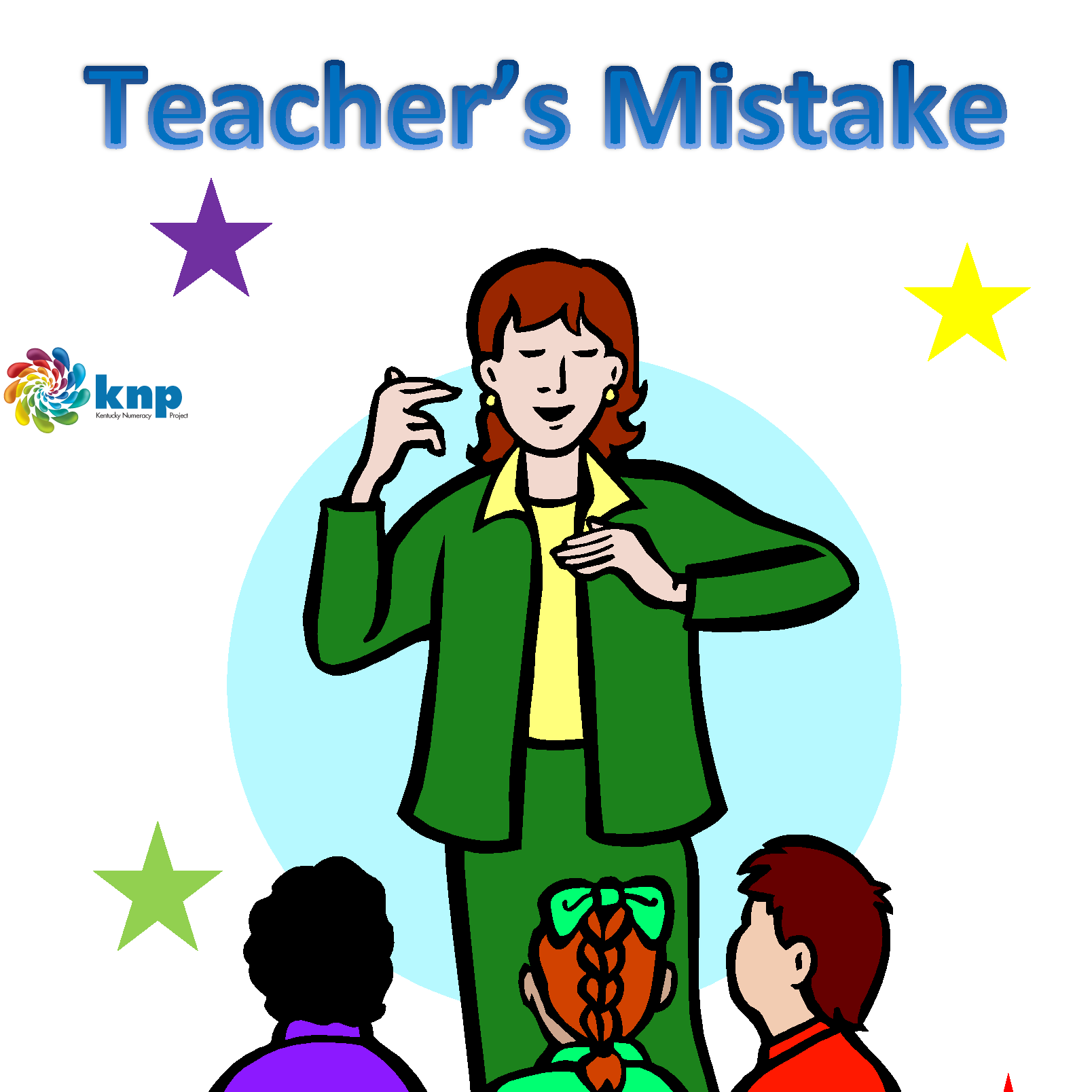
This activity is great for quick math practice with sequencing number from one to five. You can do this anywhere because there are no materials needed!
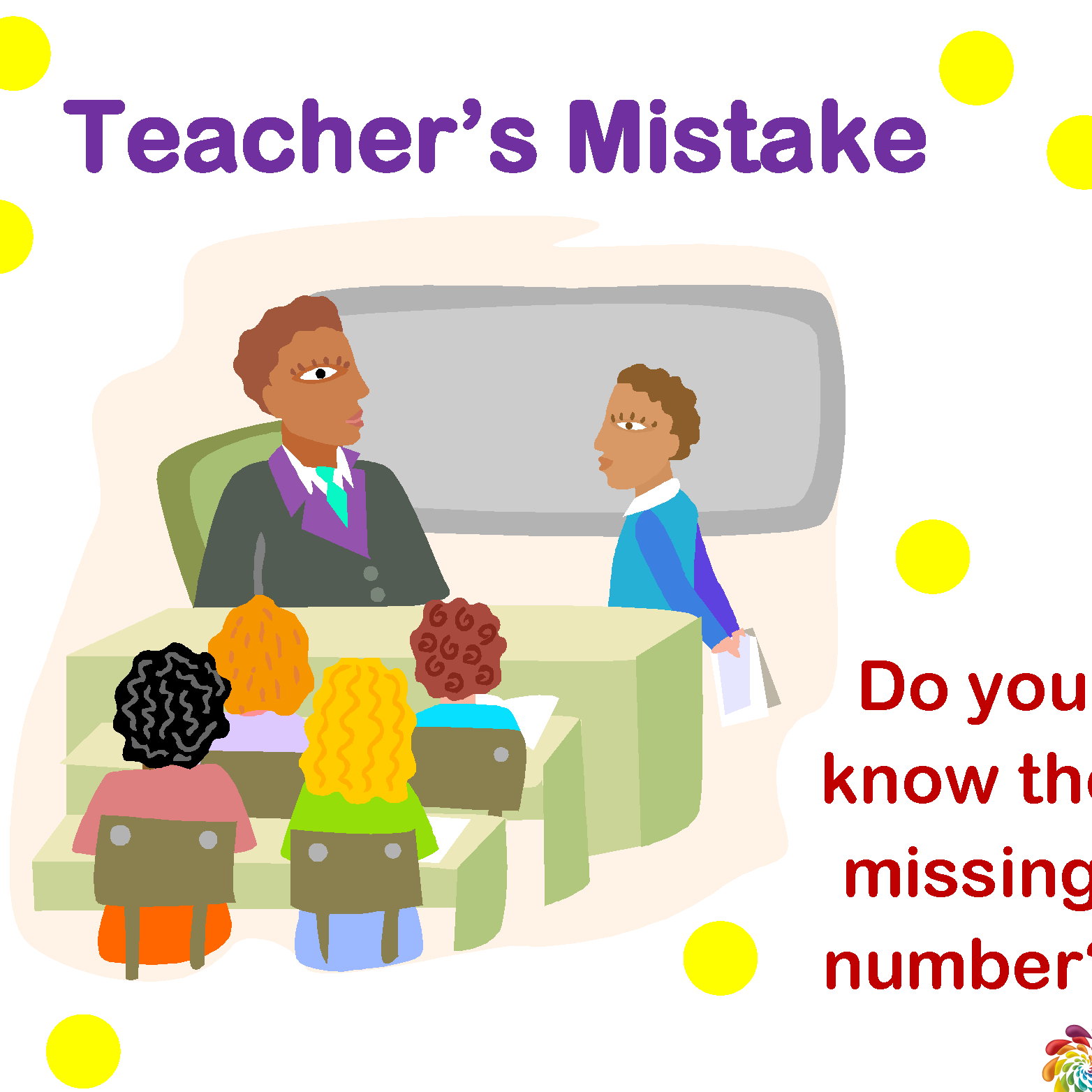
This activity is great for quick math practice with sequencing number from five to one. You can do this anywhere because there are no materials needed!
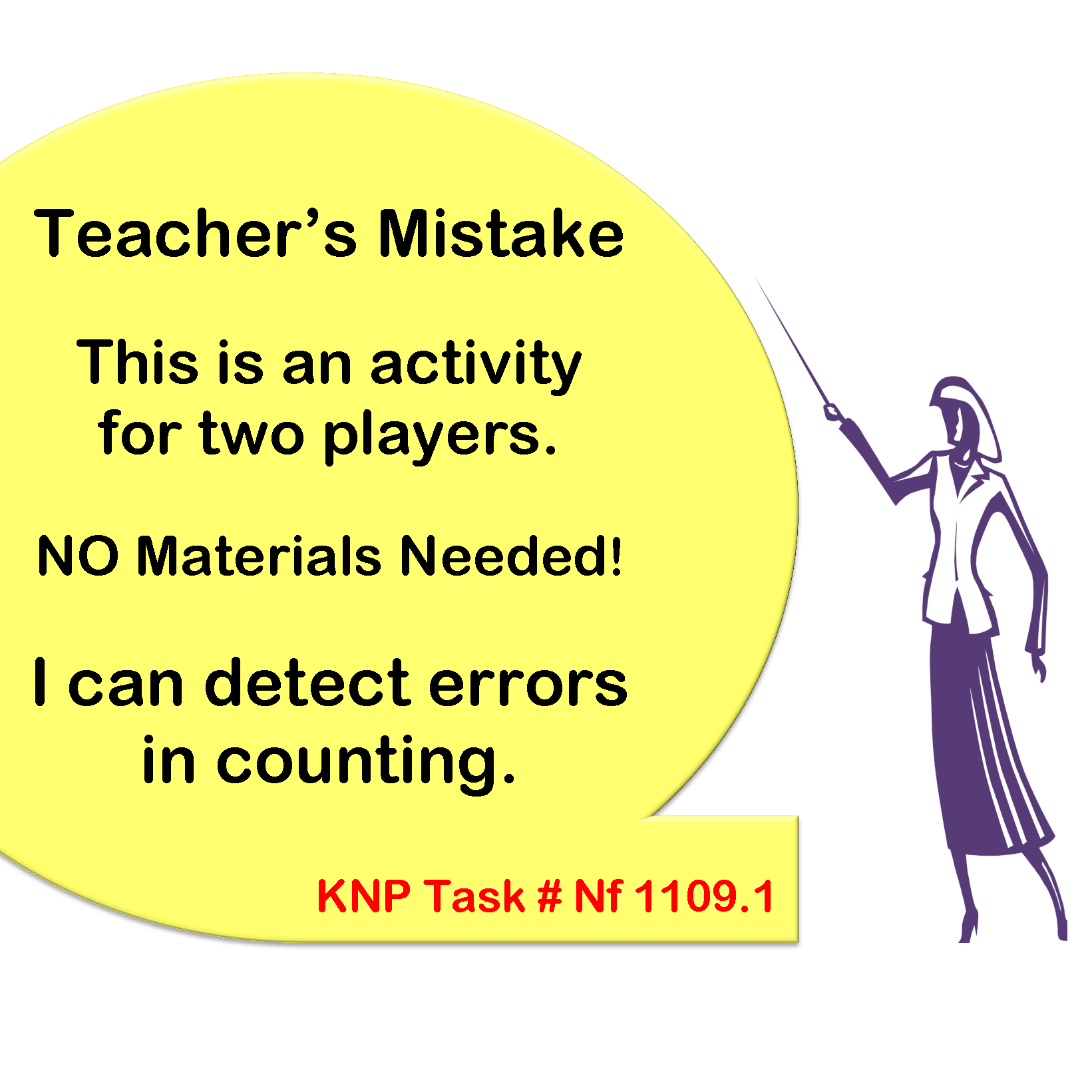
This activity is great for quick math practice with sequencing number from one to ten. You can do this anywhere because there are no materials needed!
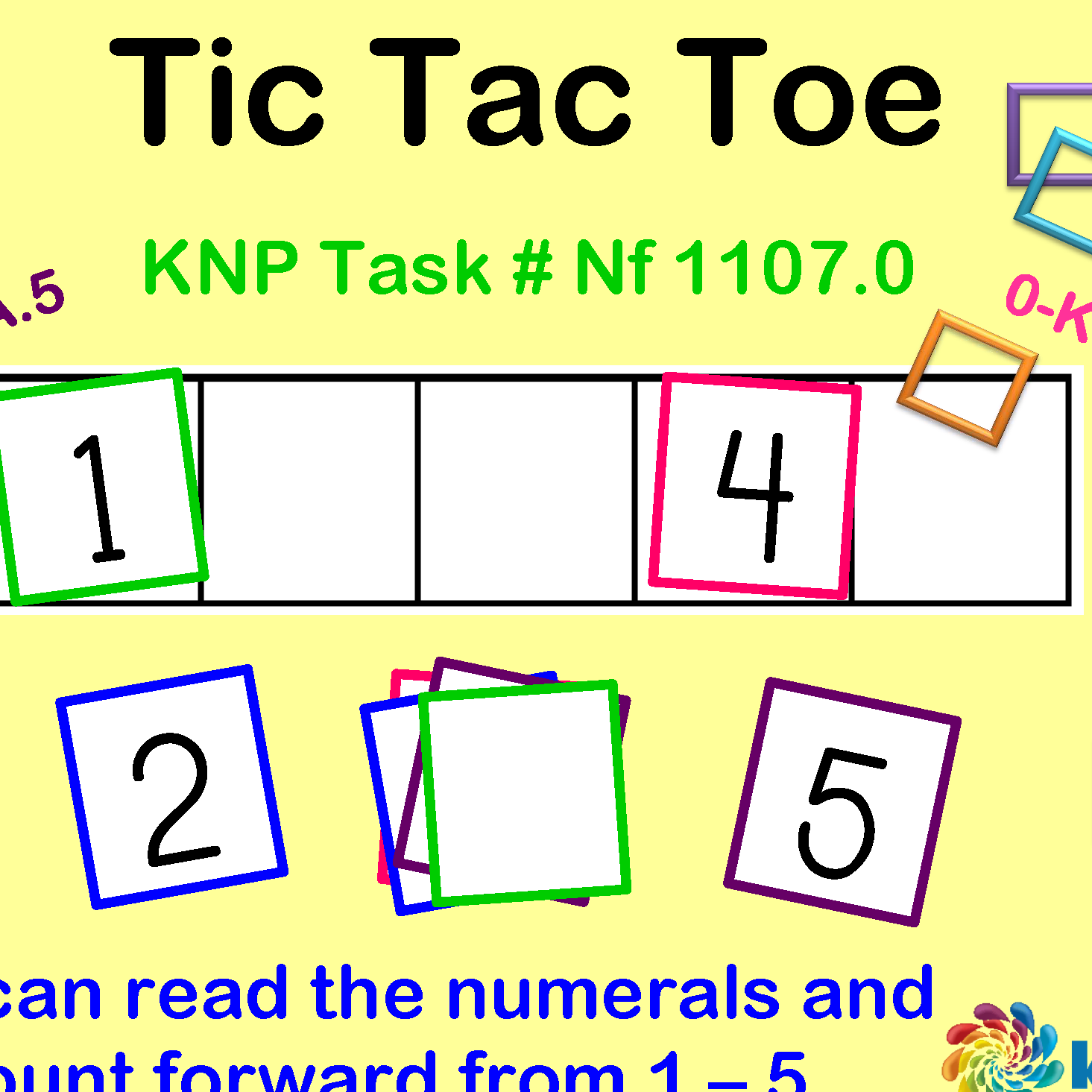
This activity brings the fun of Tic Tac Toe to the skill of to five. You will use the printable five frame game boards and number cards to try to make a line of the numerals one to five in the proper order.
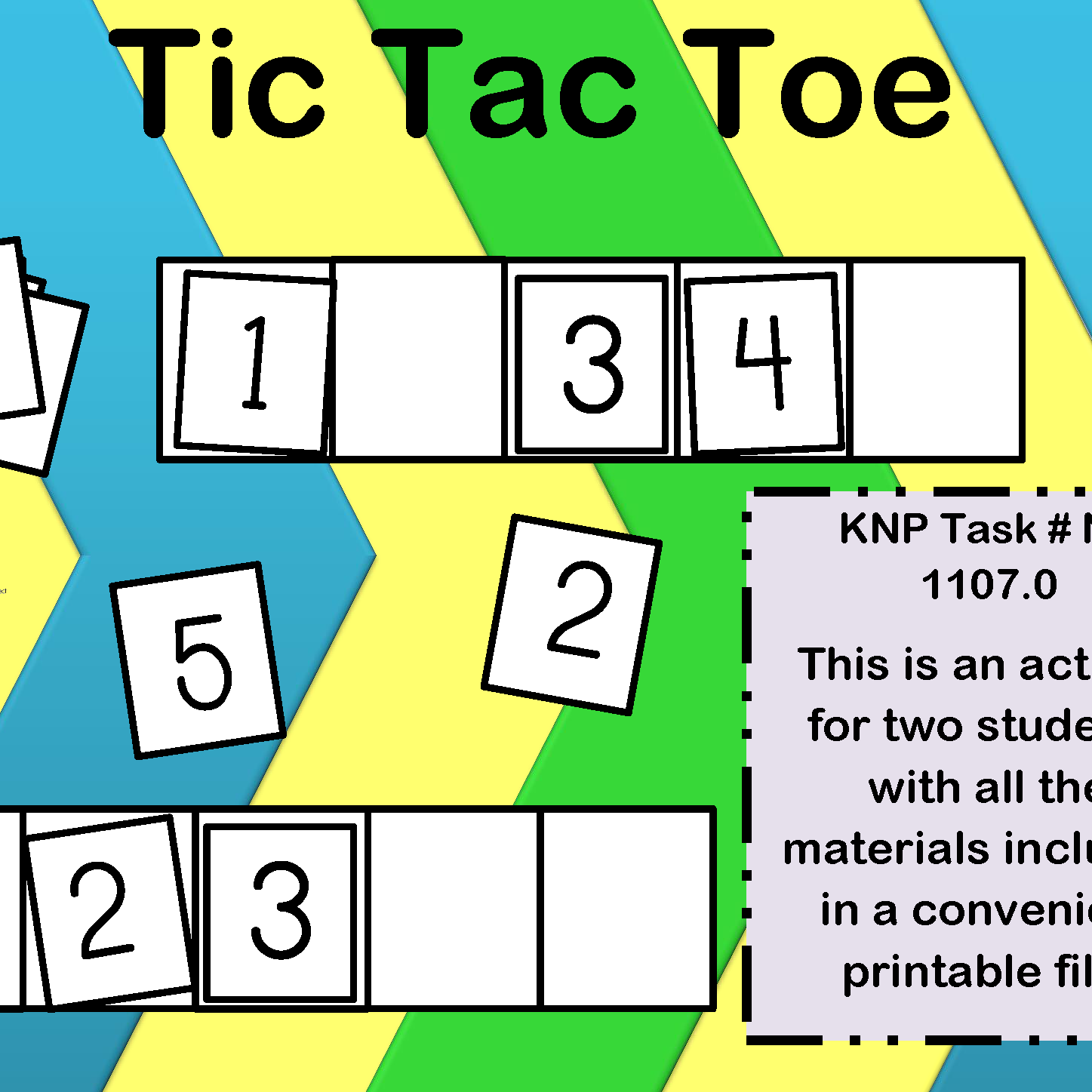
This activity brings the fun of Tic Tac Toe to the skill of to five. You will use the printable five frame game boards and number cards to try to make a line of the numerals one to five in the proper order.
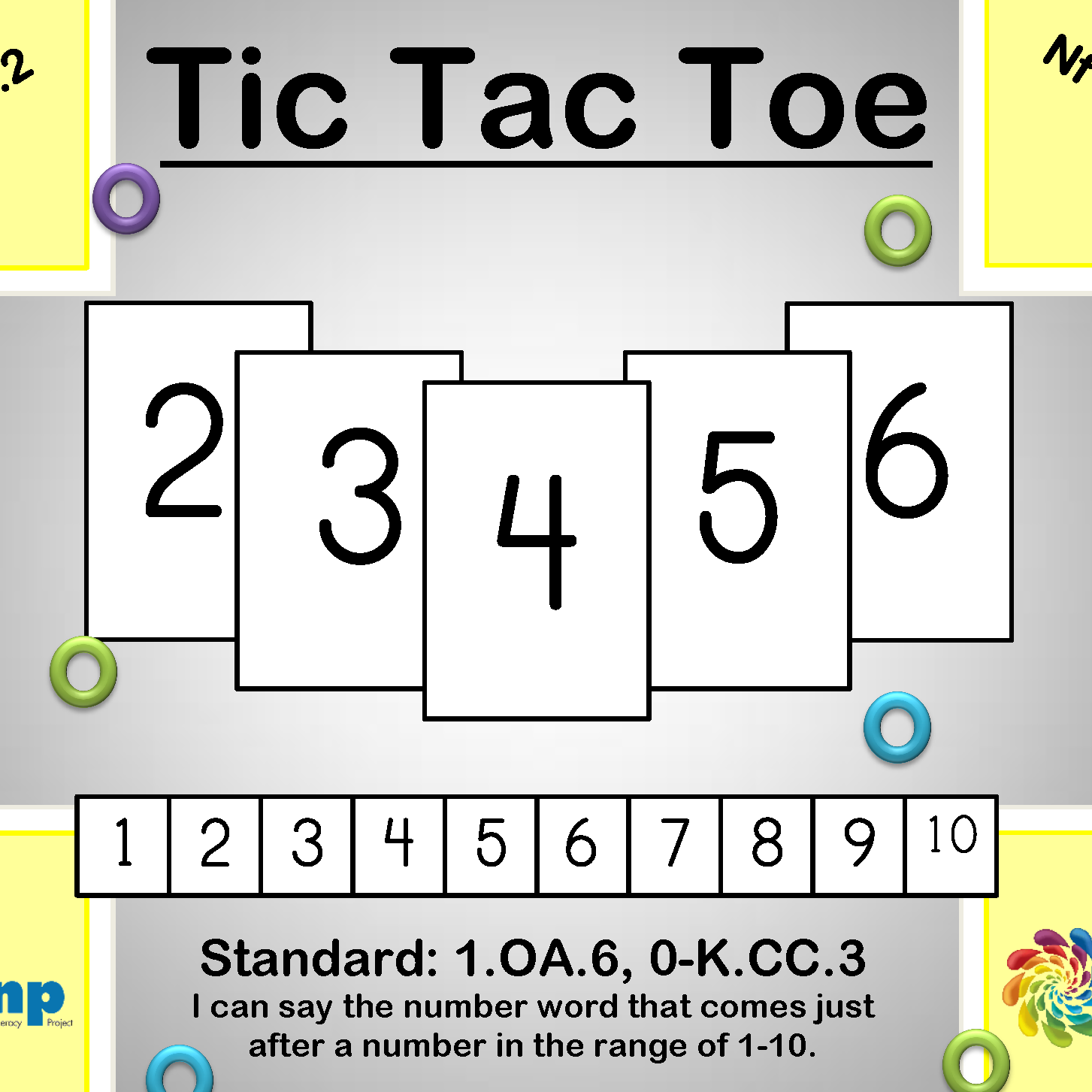
This activity brings the fun of Tic Tac Toe to the skill of to five. You will use the printable five frame game boards and number cards to try to make a line of the numerals one to five in the proper order.
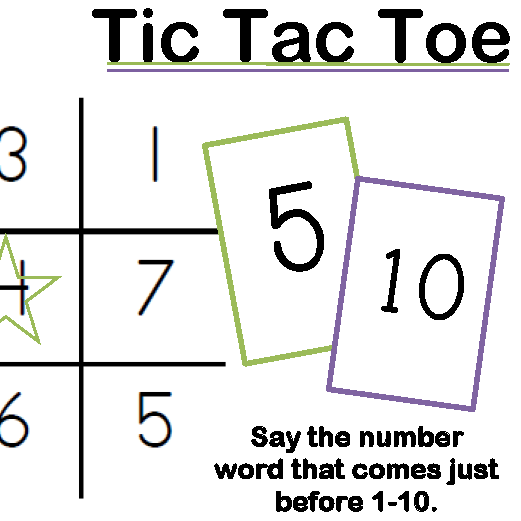
This activity brings the fun of Tic Tac Toe to the skill of to five. You will use the printable five frame game boards and number cards to try to make a line of the numerals one to five in the proper order.
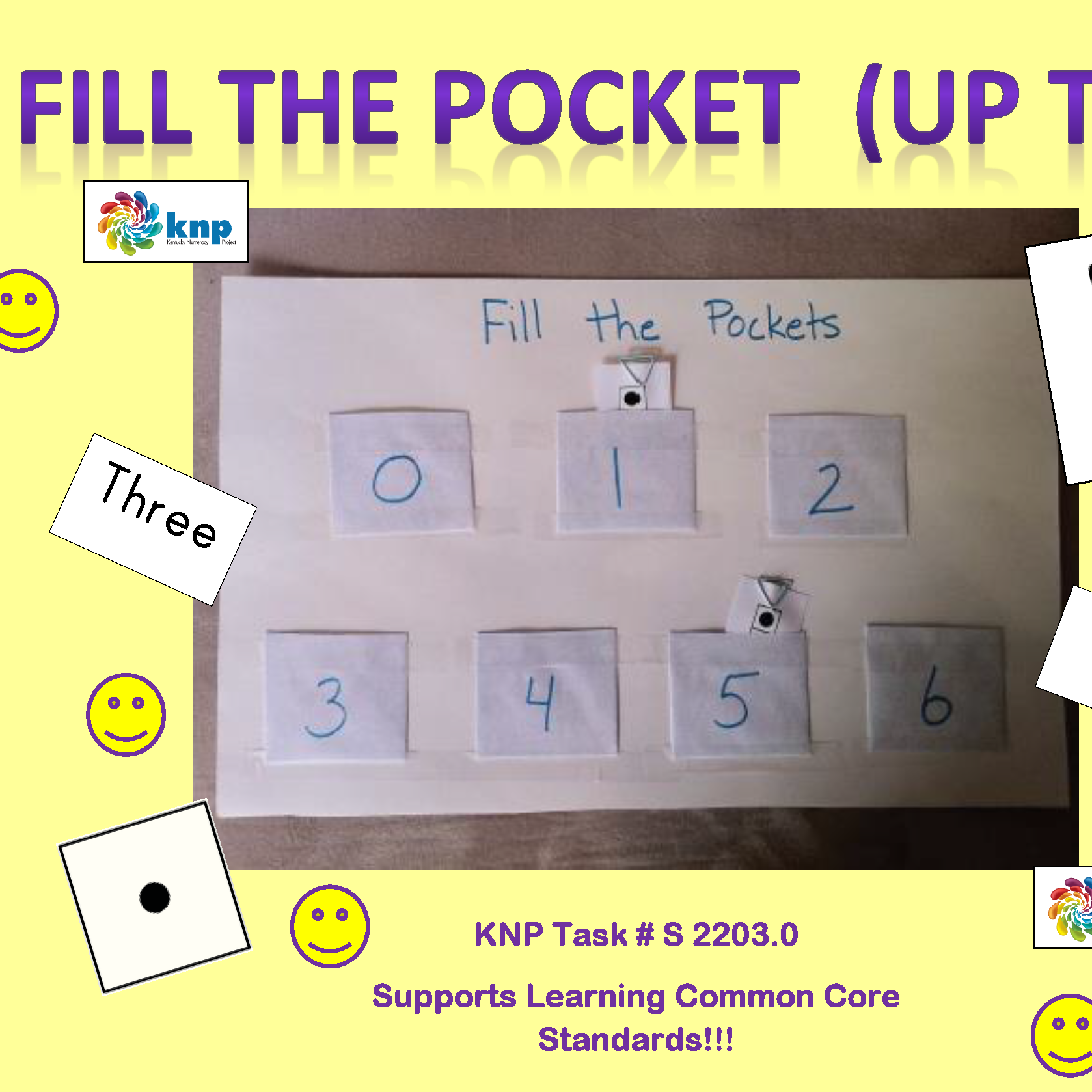
This activity challenges your child to count the number of objects in a group and fill pockets on a game board you can create together. Kids love to make stuff and get creative. This is a great way to use that product to practice important math skills.
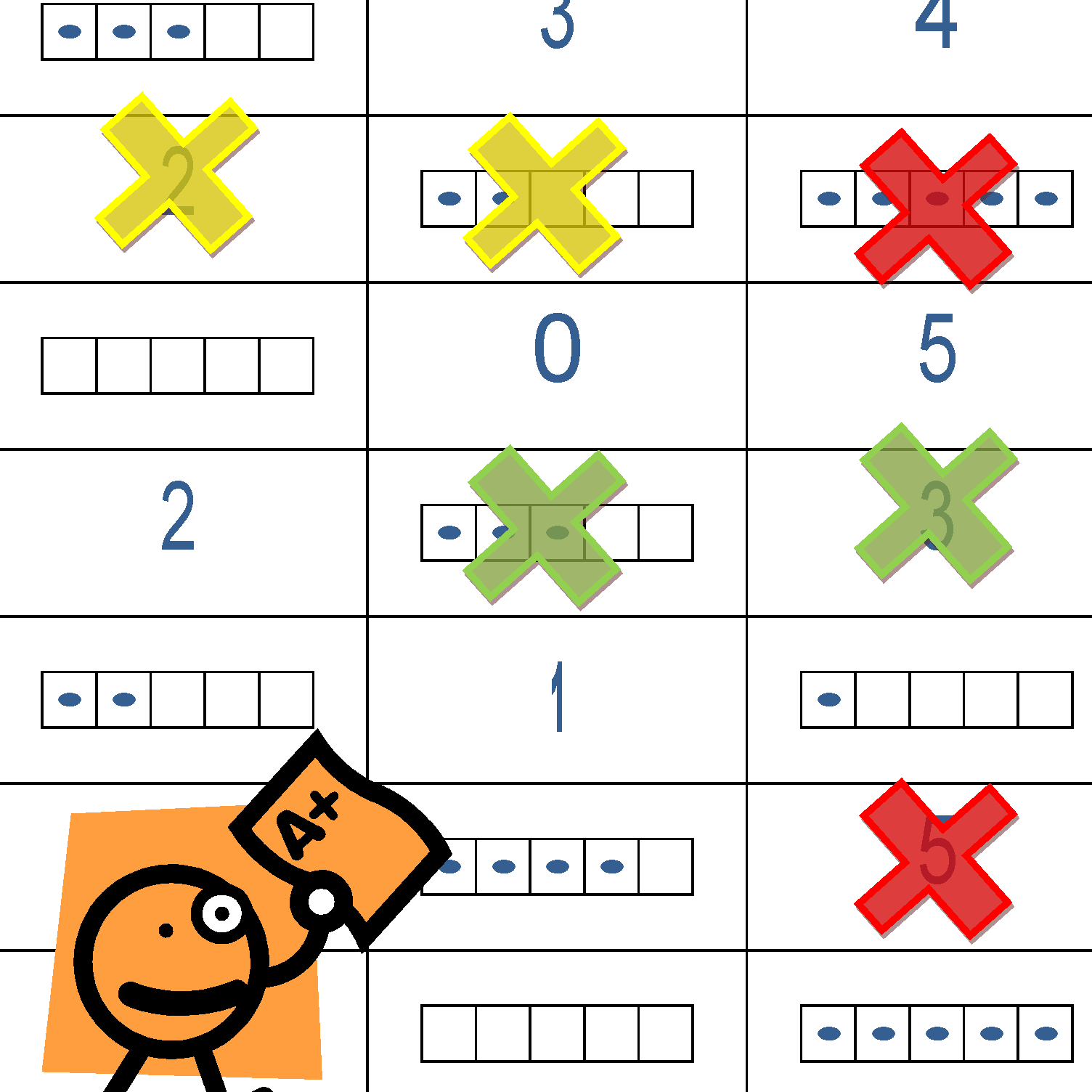
This activity is a great way for kids to learn how to match quantities and numerals one to five.

Values are represented in many different ways. Your child can practice identifying values as dots, numerals, words and more in this fun game based on the card game pyramid. They will be matching values from the pyramid to discover the mystery card.
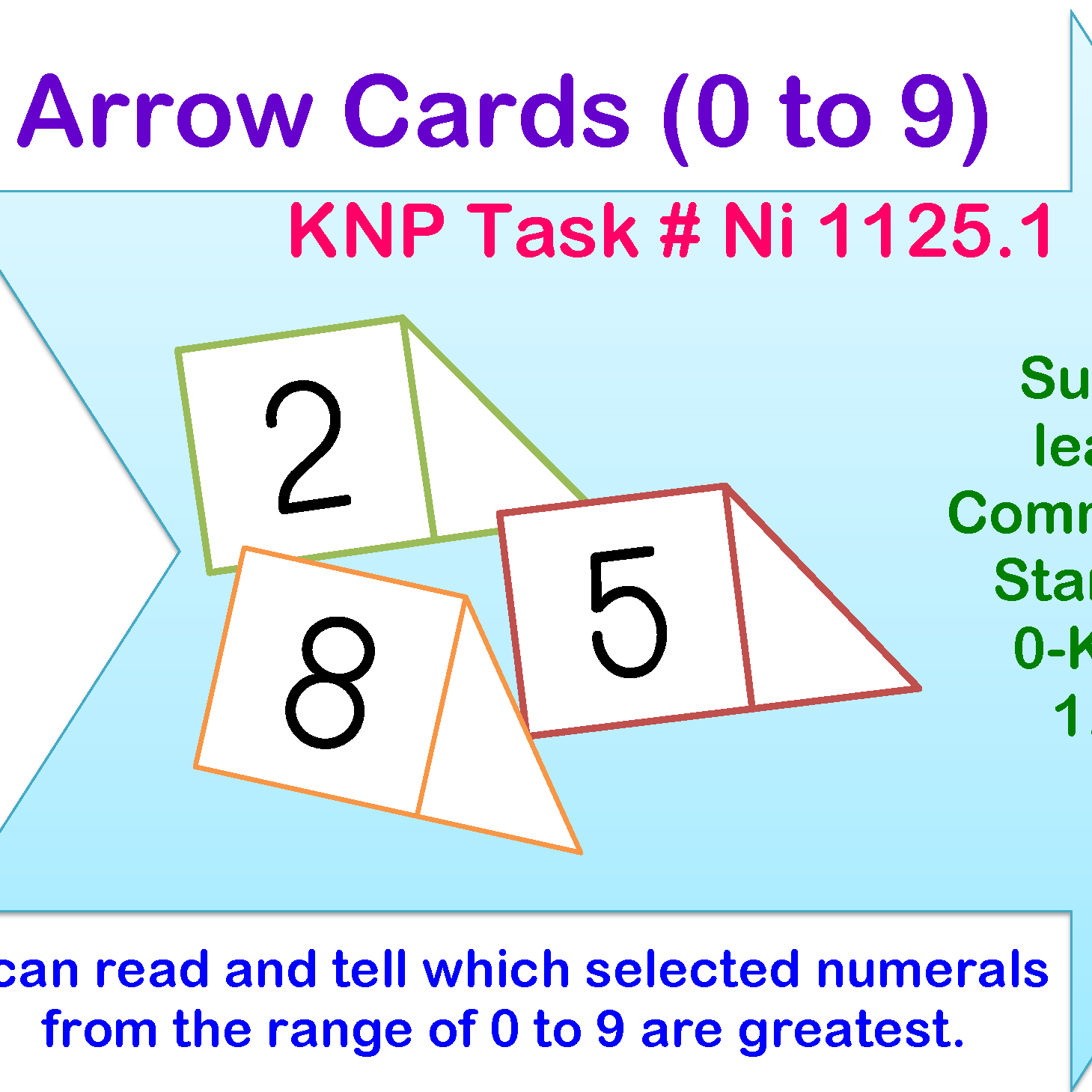
You and your child can have a lot of fun working with arrow cards to compare while engaging in friendly competition. You will be drawing one arrow card per player and comparing values.
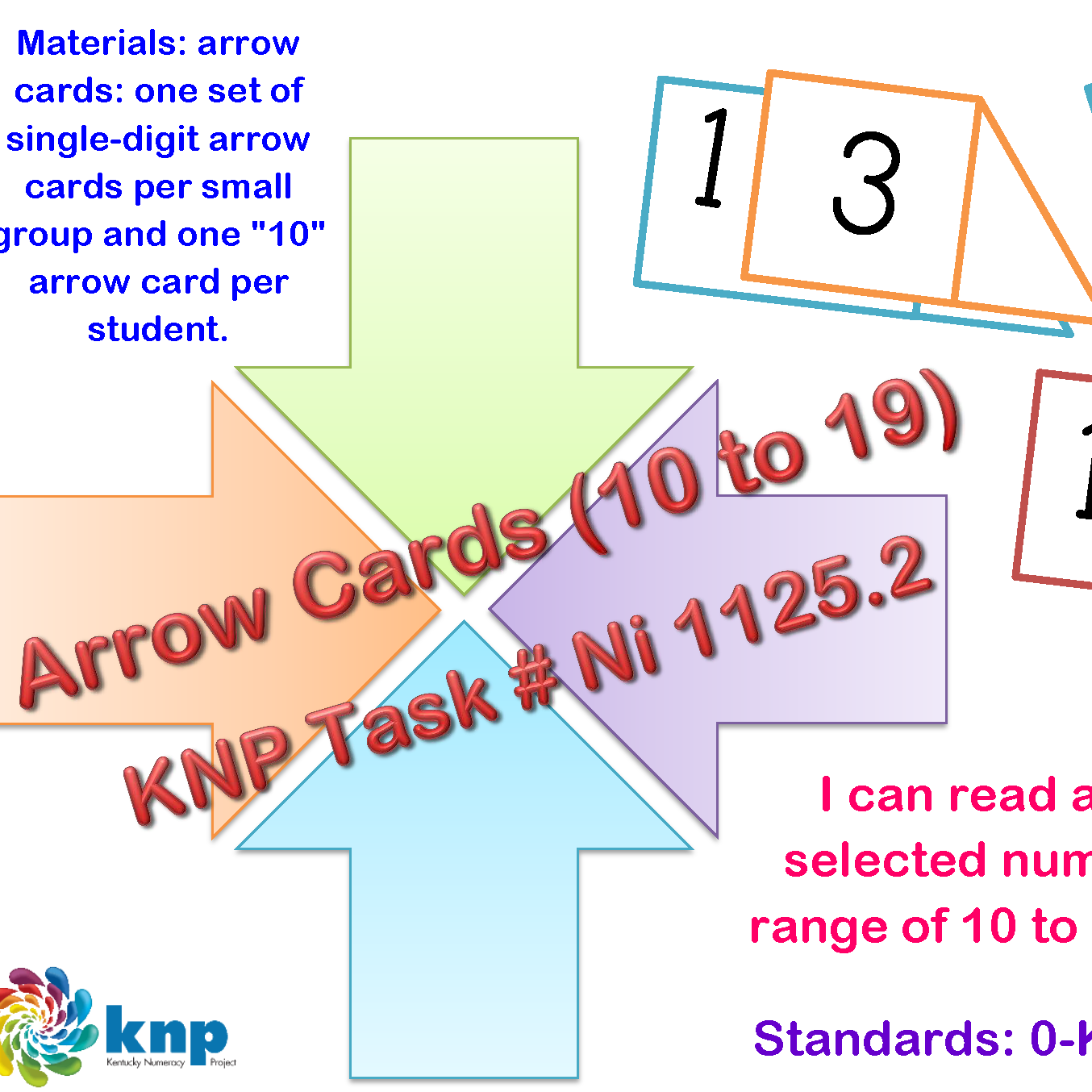
You and your child can have a lot of fun working with arrow cards to compare while engaging in friendly competition. You will be drawing one arrow card per player and comparing values.
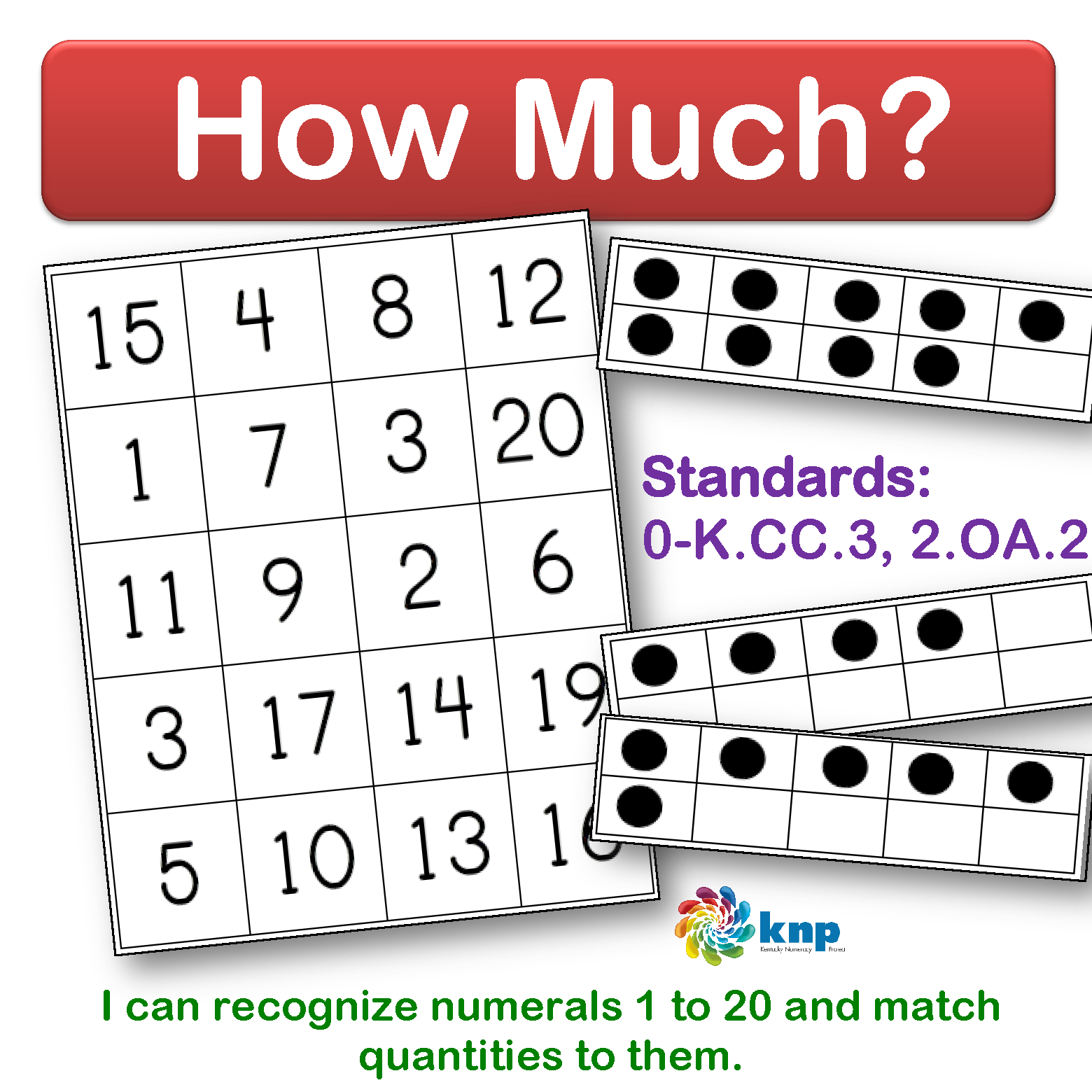
You and your child will be matching numerals and quantities in order to make a line. You can print out dot cards or use a standard die to roll a quantity and then cover the numeral on the game board with your marker.
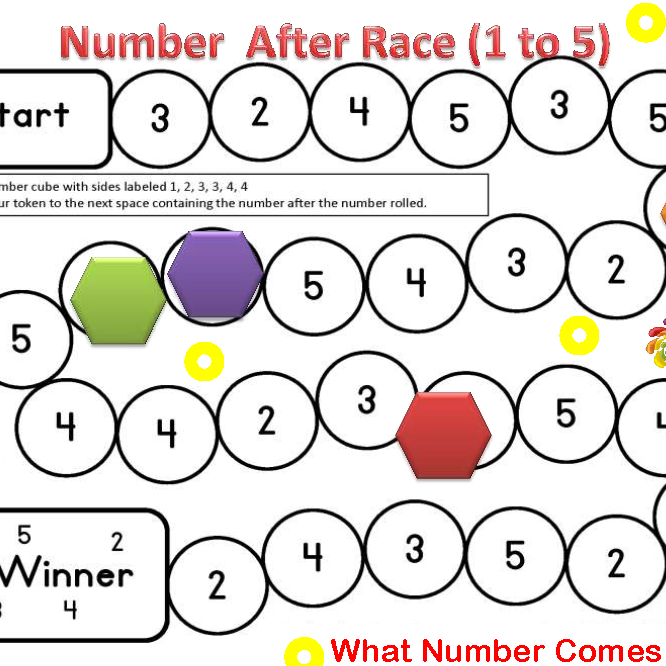
The classic game board that kids and parents are so familiar with is incorporated in this engaging game that also encourages practice with identifying numbers before and after.
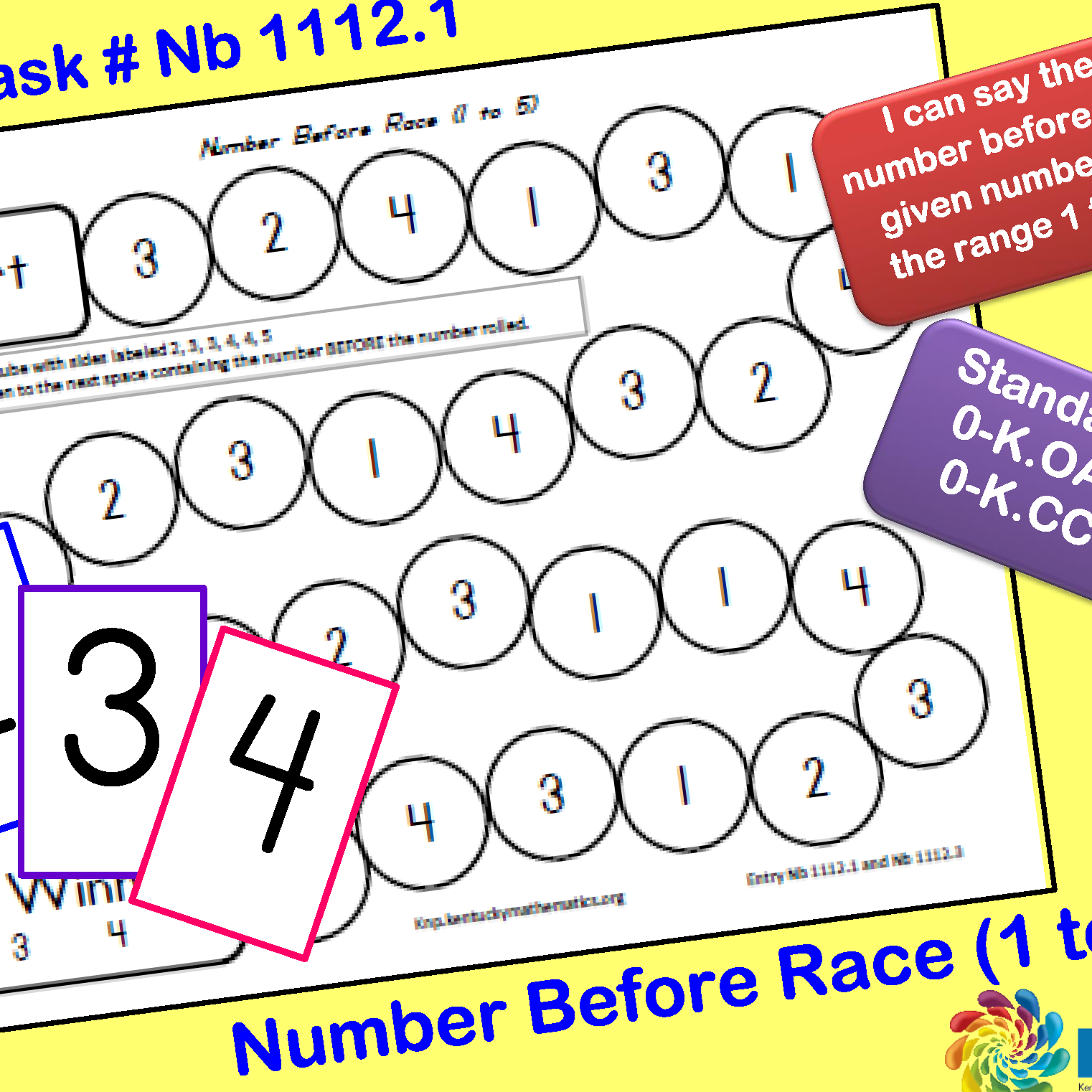
The classic game board that kids and parents are so familiar with is incorporated in this engaging game that also encourages practice with identifying numbers before and after.

This activity is a fun way to help kids learn to put numbers in the correct order, and count forward and backward in the correct order.
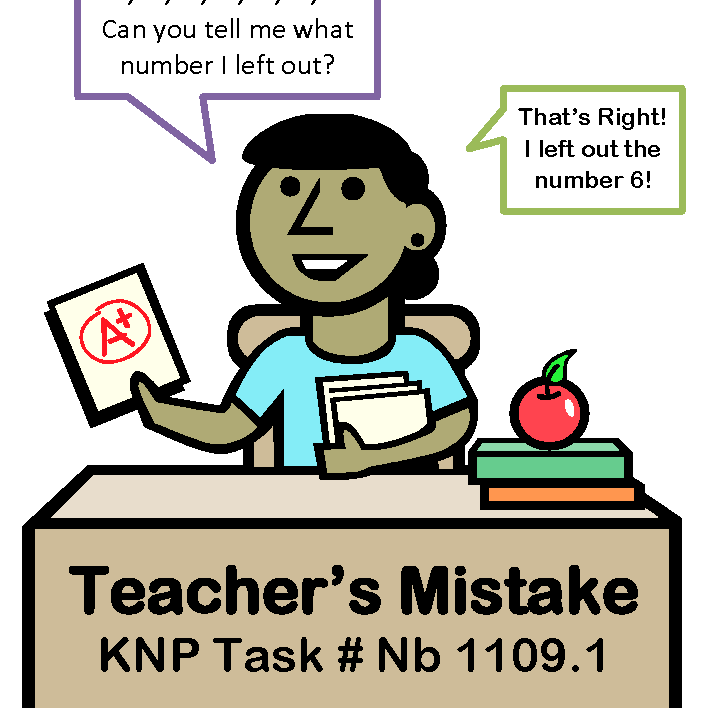
This activity is great for quick math practice with sequencing number from ten to one. You can do this anywhere because there are no materials needed!

This activity is great for quick math practice with sequencing number from one to thirty. You can do this anywhere because there are no materials needed!

This activity brings the fun of Tic Tac Toe to the skill of counting from one to thirty. You will use the printable tic tac toe boards and number cards to try to make a line of the three numerals in the proper order.

This activity brings the fun of Tic Tac Toe to the skill of counting back from thirty. You will use the printable tic tac toe game boards and number cards to try to make a line of the three numerals in the proper order.

This game is not only fun, but also a great way to help kids learn different ways to make the number 5! That seems pretty simple to us, but it isn’t always that easy for kids.
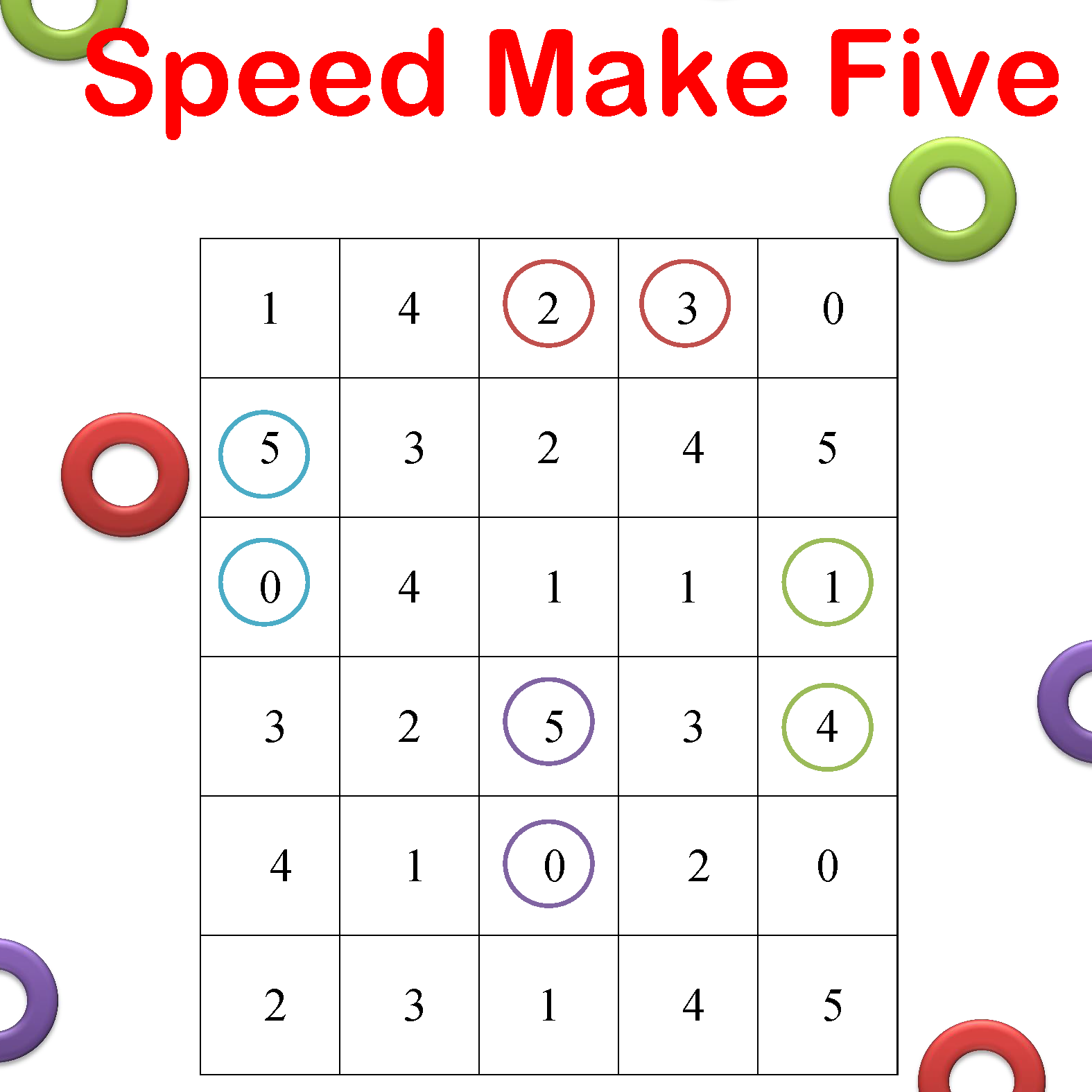
This activity is a great way for kids to learn different ways to make five with one digit numbers. There are two ways to play and both promote healthy competition. You and your child will work to find pairs of one digit numbers that add up to five.
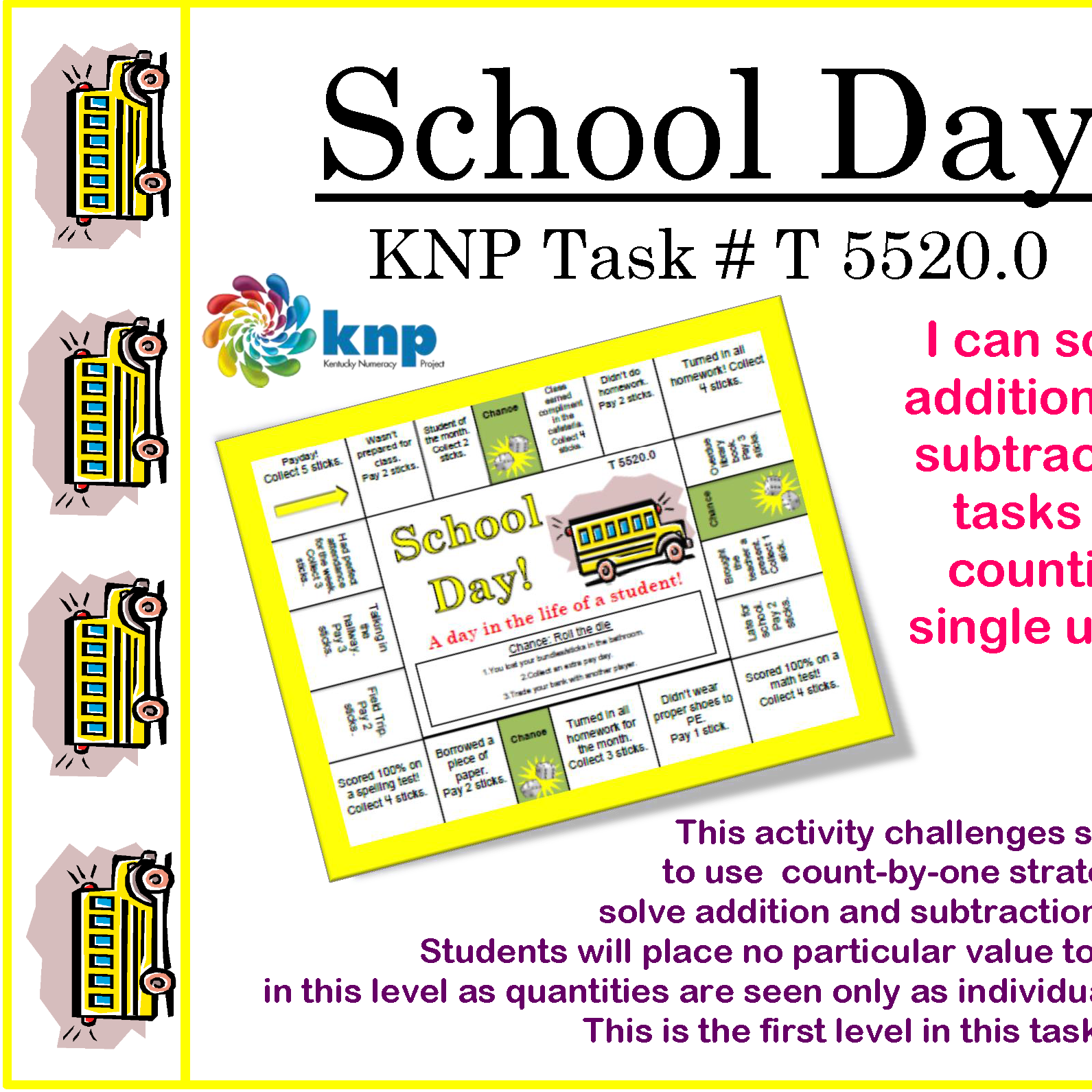
A classic board game is transformed into an engaging math story about your child’s school day using the concept of tracking rewards and penalties. She or he will be practicing adding and subtracting one digit numbers. While working their way around a game board, he or she will collect rewards for positive school deeds or pay in the opposite situation.
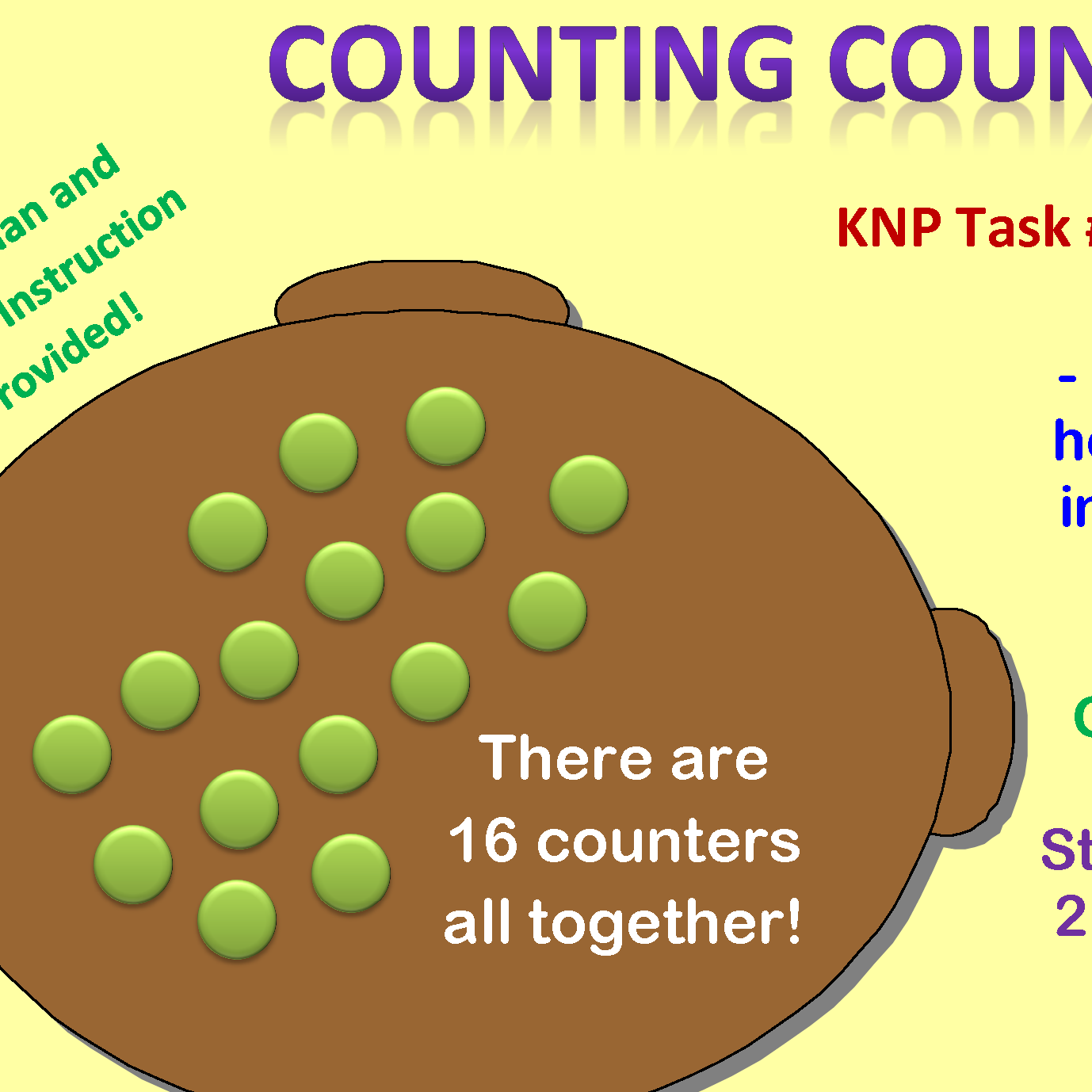
Using anything from around the house, your child will work to tell how many things are in a group (within 20 items).
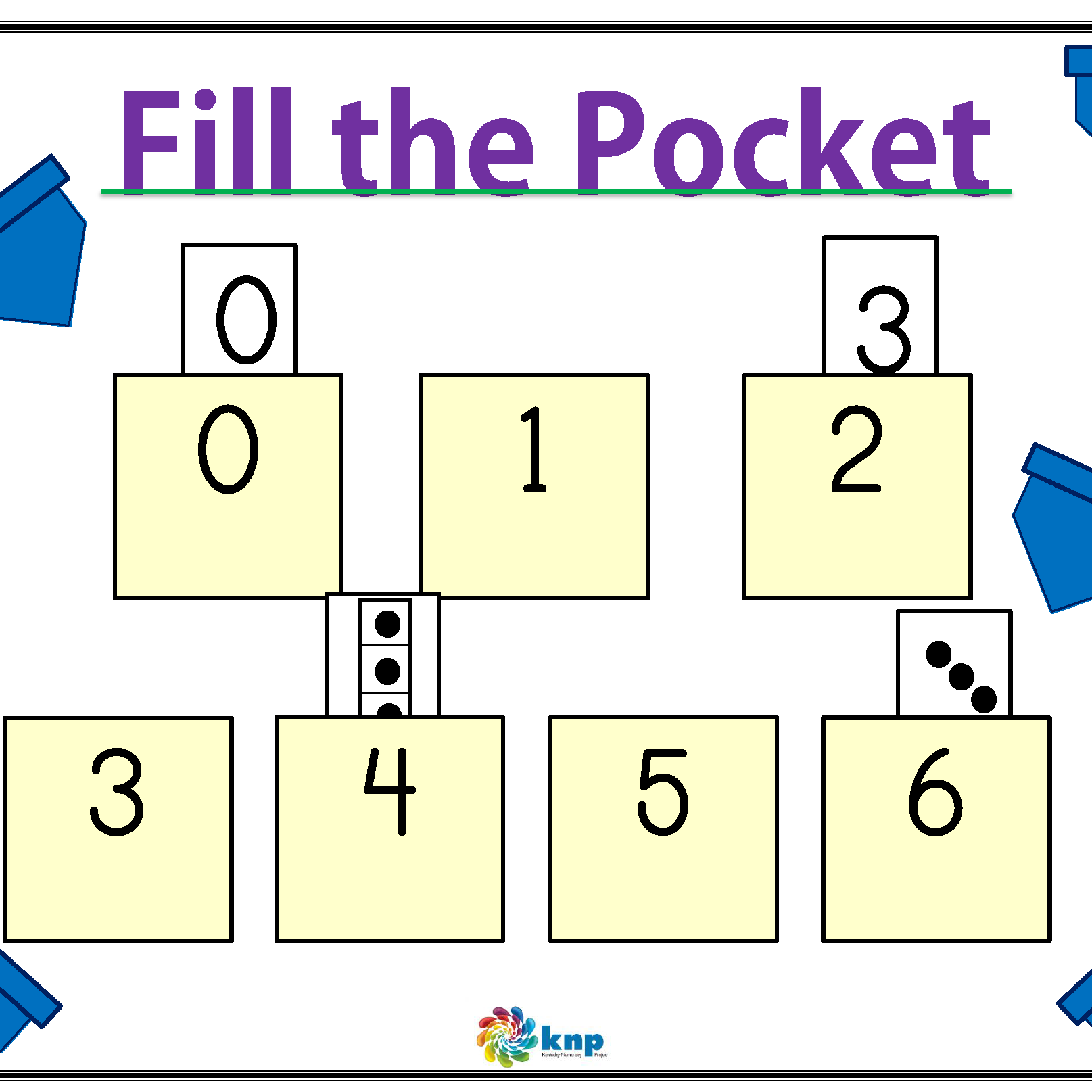
For this activity you and your child will find pairs of quantities that add up to six and then place them into pockets with the matching numeral that you make! This is a great way to use kid's natural desire to create and use that product to practice important math skills.

A great twist on the classic game Connect Four from Kentucky teacher Catherine Reed to help students with addition.

Mancala is the name given to a centuries old game that is still fun to play today! Players will utilize strategic thinking and mathematical skills to capture their opponent's colorful gem stones.
See Online Activities for the online version.

You and your child can have a lot of fun working with arrow cards to compare while engaging in friendly competition. This activity is great for up to five players.

This activity is a great way to help your child develop different ways to solve problems that involve adding and subtracting! Do you remember doing "word problems" when you were in school? Sometimes they seemed like trick questions instead of questions related to math.
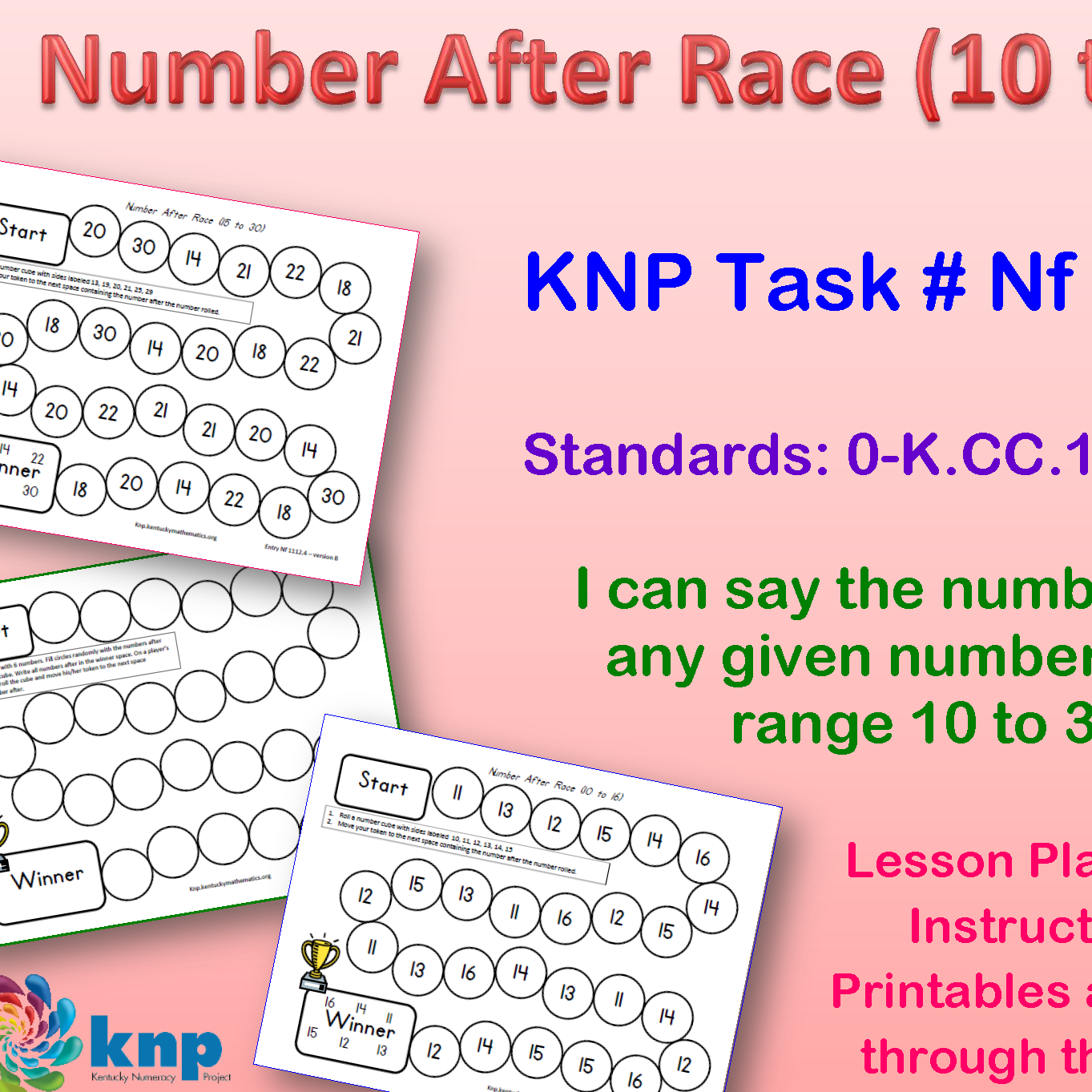
This activity is a great way for kids to see how they can combine different numbers to come up with the same total. Those pairs are equivalent expressions. You will be finding pairs together, as a race or independently.
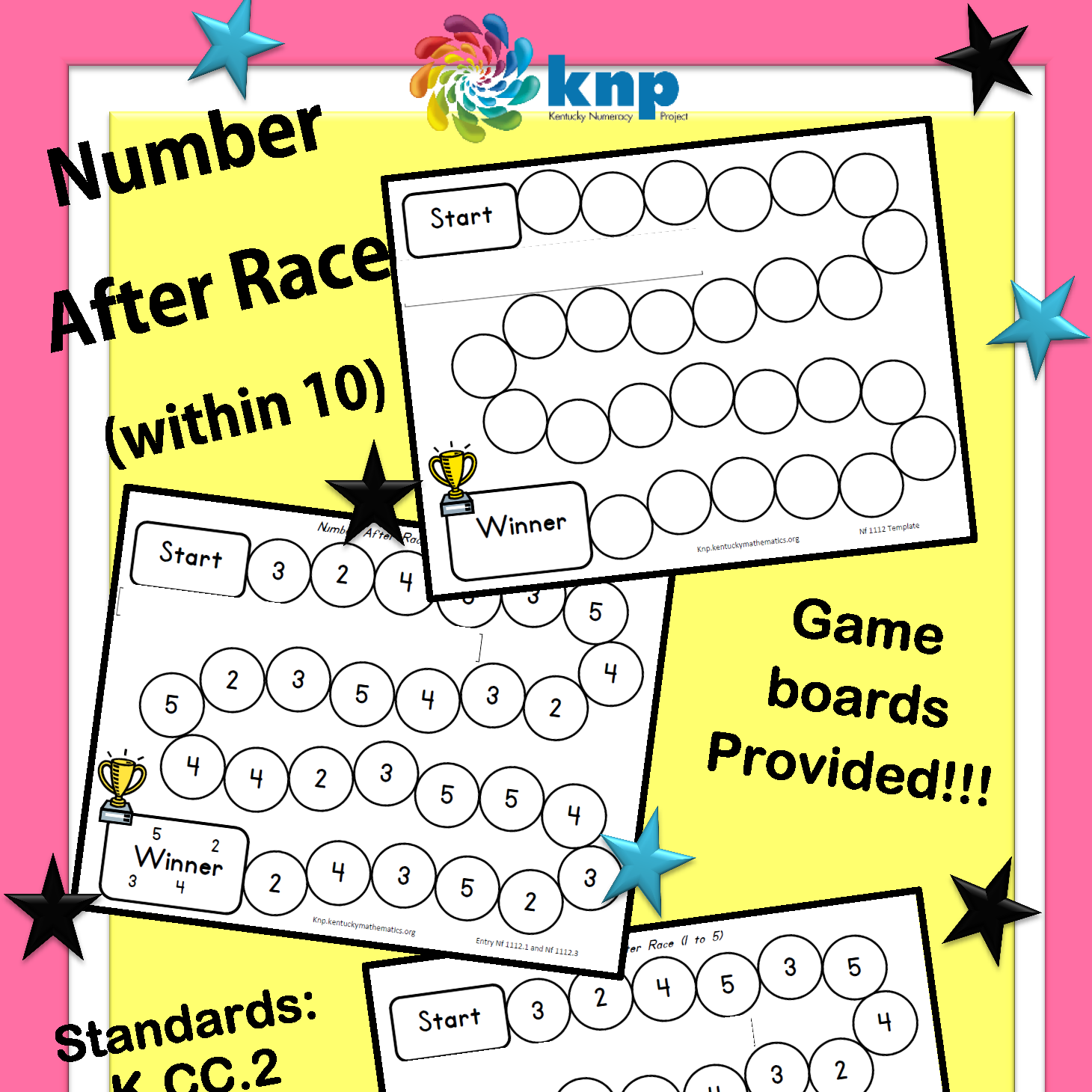
The classic game board that kids and parents are so familiar with is incorporated in this engaging game that also encourages practice with identifying numbers before and after.
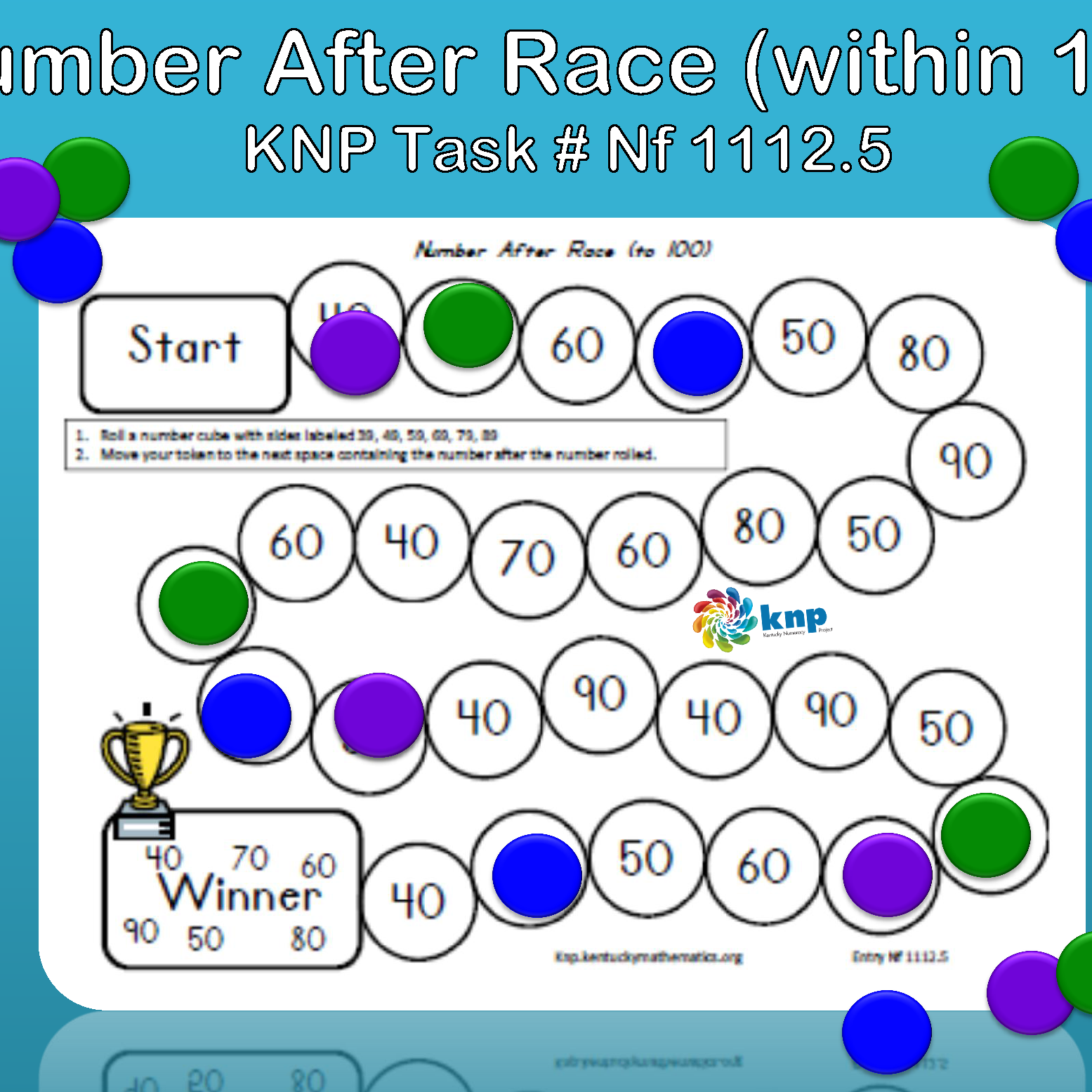
The classic game board that kids and parents are so familiar with is incorporated in this engaging game that also encourages practice with identifying numbers before and after.
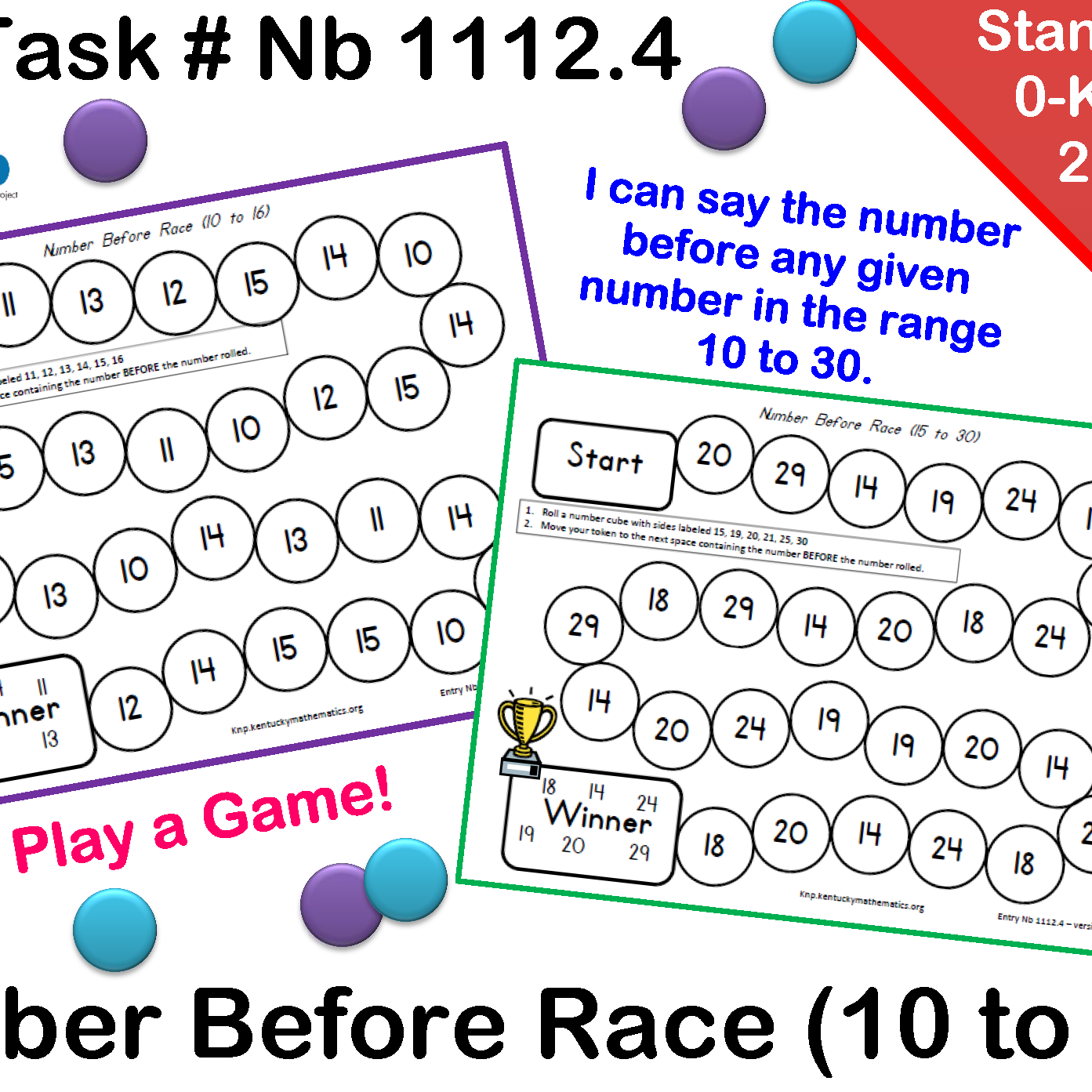
The classic game board that kids and parents are so familiar with is incorporated in this engaging game that also encourages practice with identifying numbers before and after.

The classic game board that kids and parents are so familiar with is incorporated in this engaging game that also encourages practice with identifying numbers before and after.
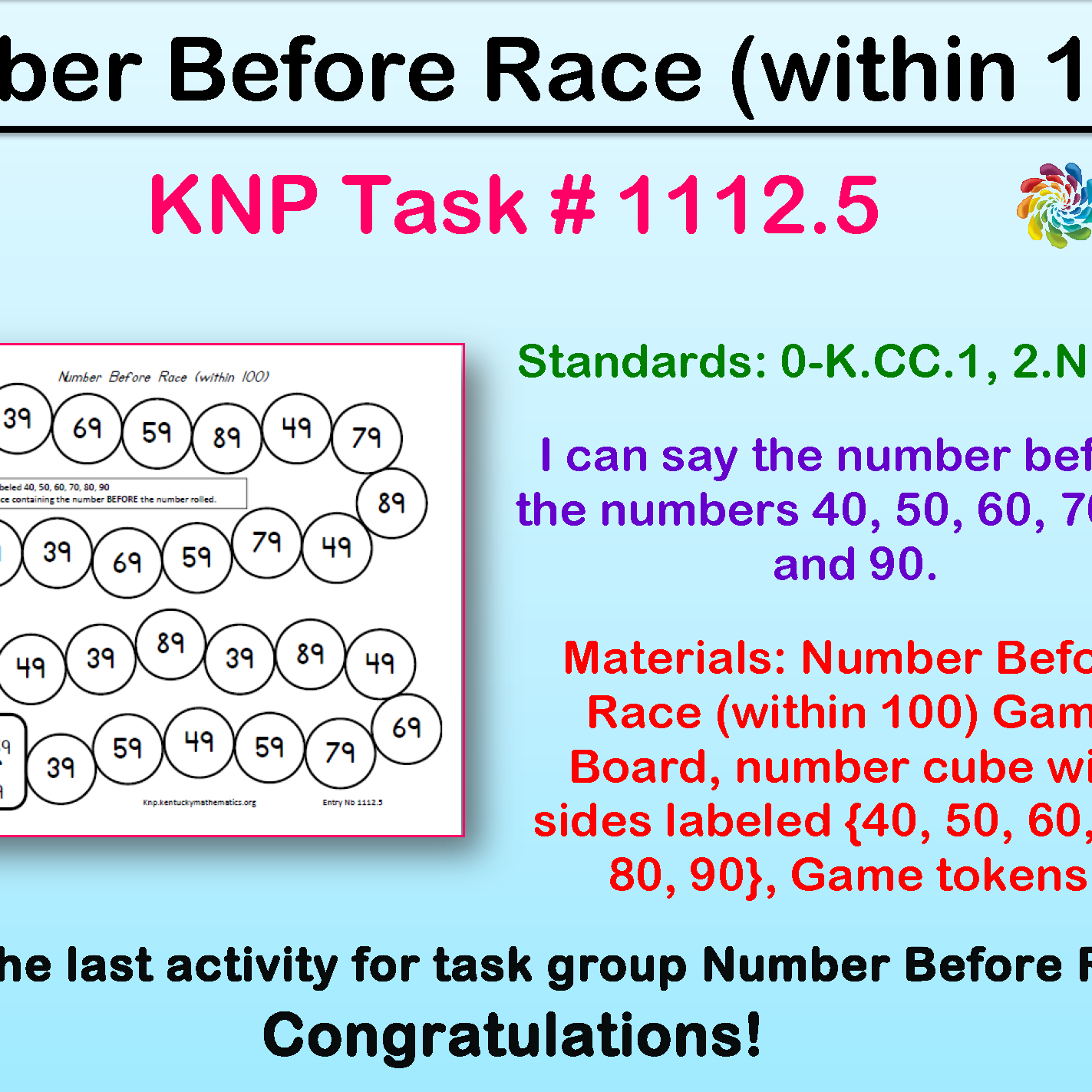
The classic game board that kids and parents are so familiar with is incorporated in this engaging game that also encourages practice with identifying numbers before and after.

This activity is great for quick math practice with sequencing number from thirty to one. You can do this anywhere because there are no materials needed!

This activity is great for quick math practice with sequencing number from thirty to one hundred. You can do this anywhere because there are no materials needed!

This activity is great for quick math practice with sequencing number from one hundred to thirty. You can do this anywhere because there are no materials needed!

This fun activity lets kids practice making pairs to get a total of ten in a very silly way. Your child will hold a ten frame card to their forehead. They have to guess how many squares are filled in and you will try to help by telling them what number you could pair it with to make ten.
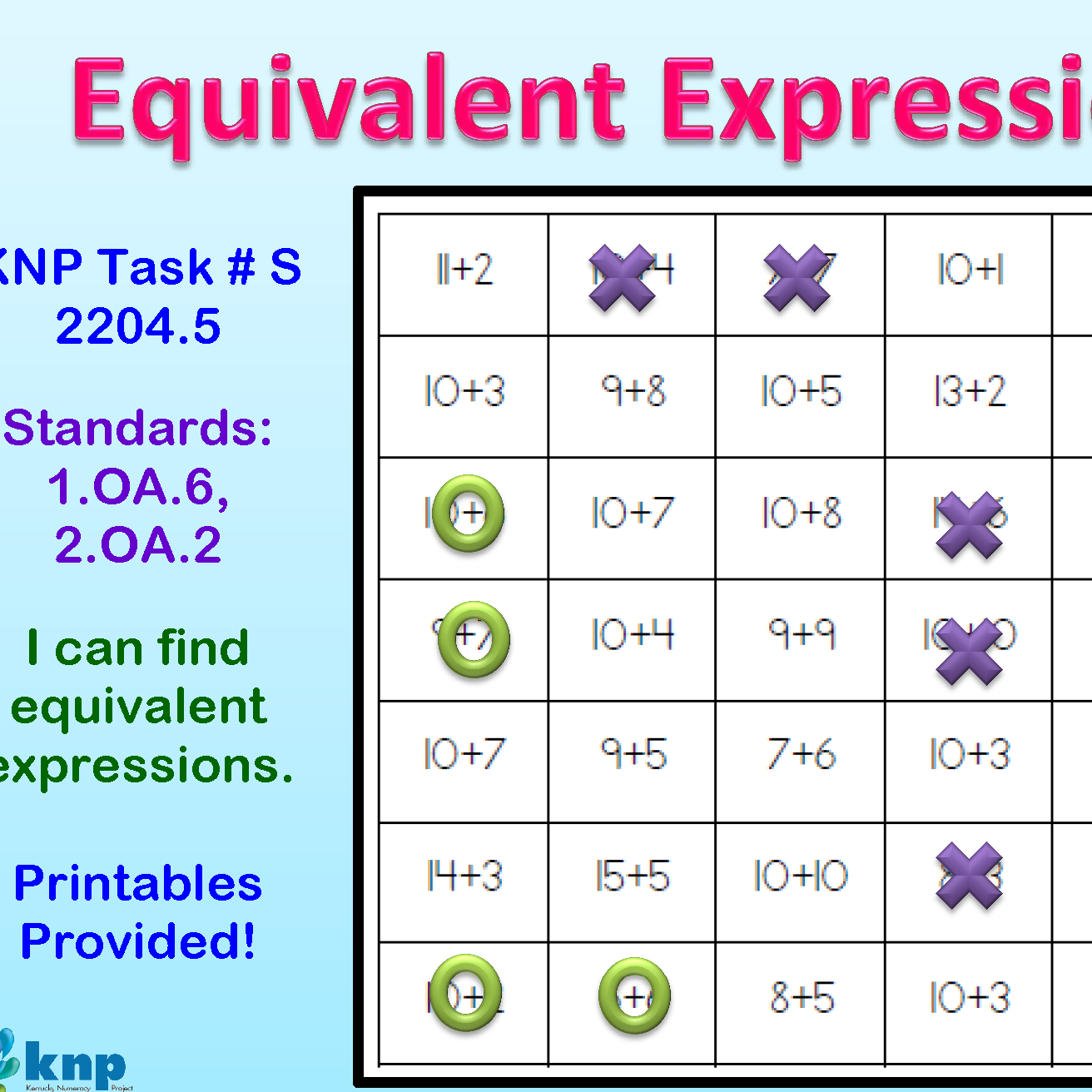
The classic game board that kids and parents are so familiar with is incorporated in this engaging game that also encourages practice with identifying numbers before and after.
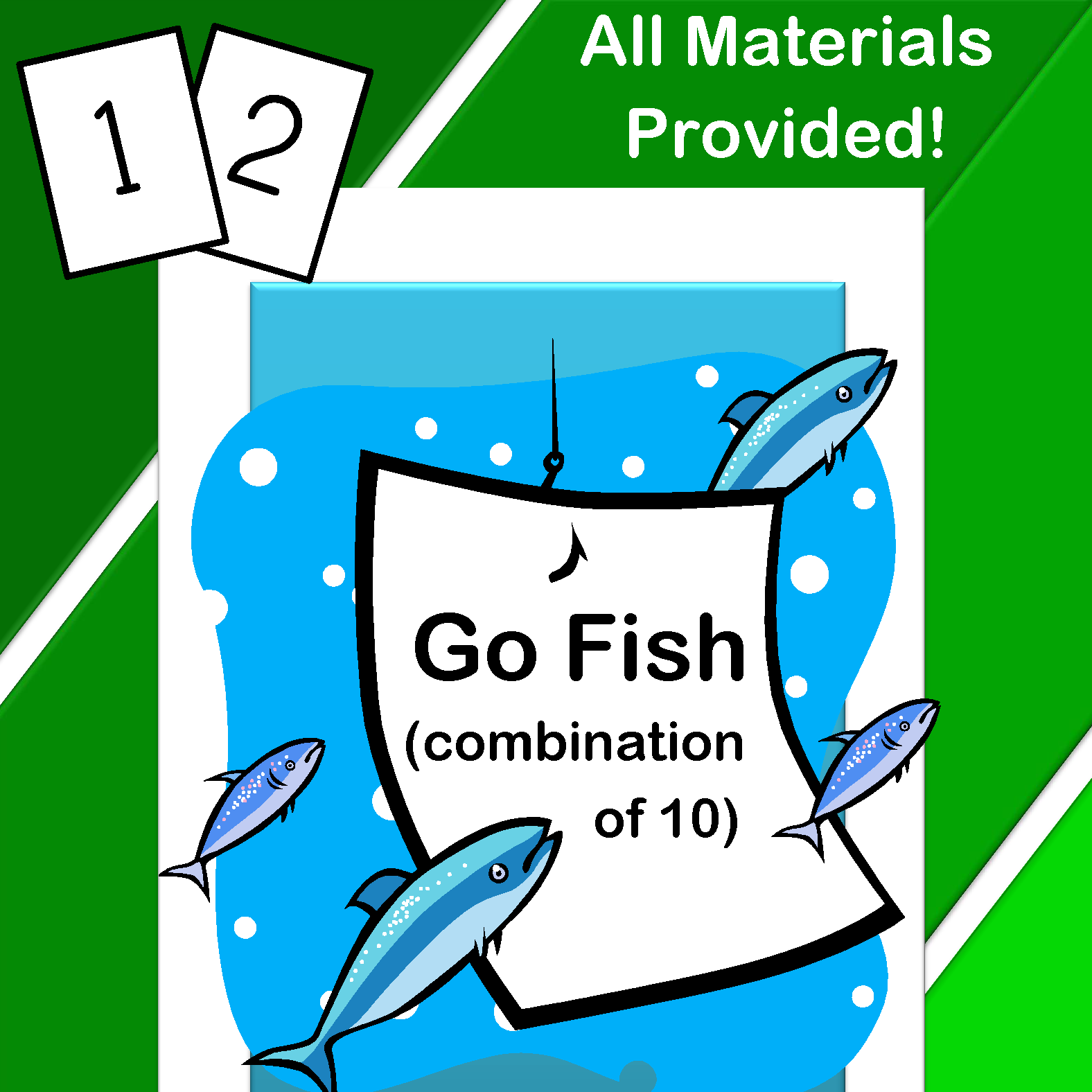
This game is not only fun, but also a great way to help kids learn different ways to make the number ten! This game is played like traditional Go Fish, except that a “match” is two cards that can be added together to make ten.
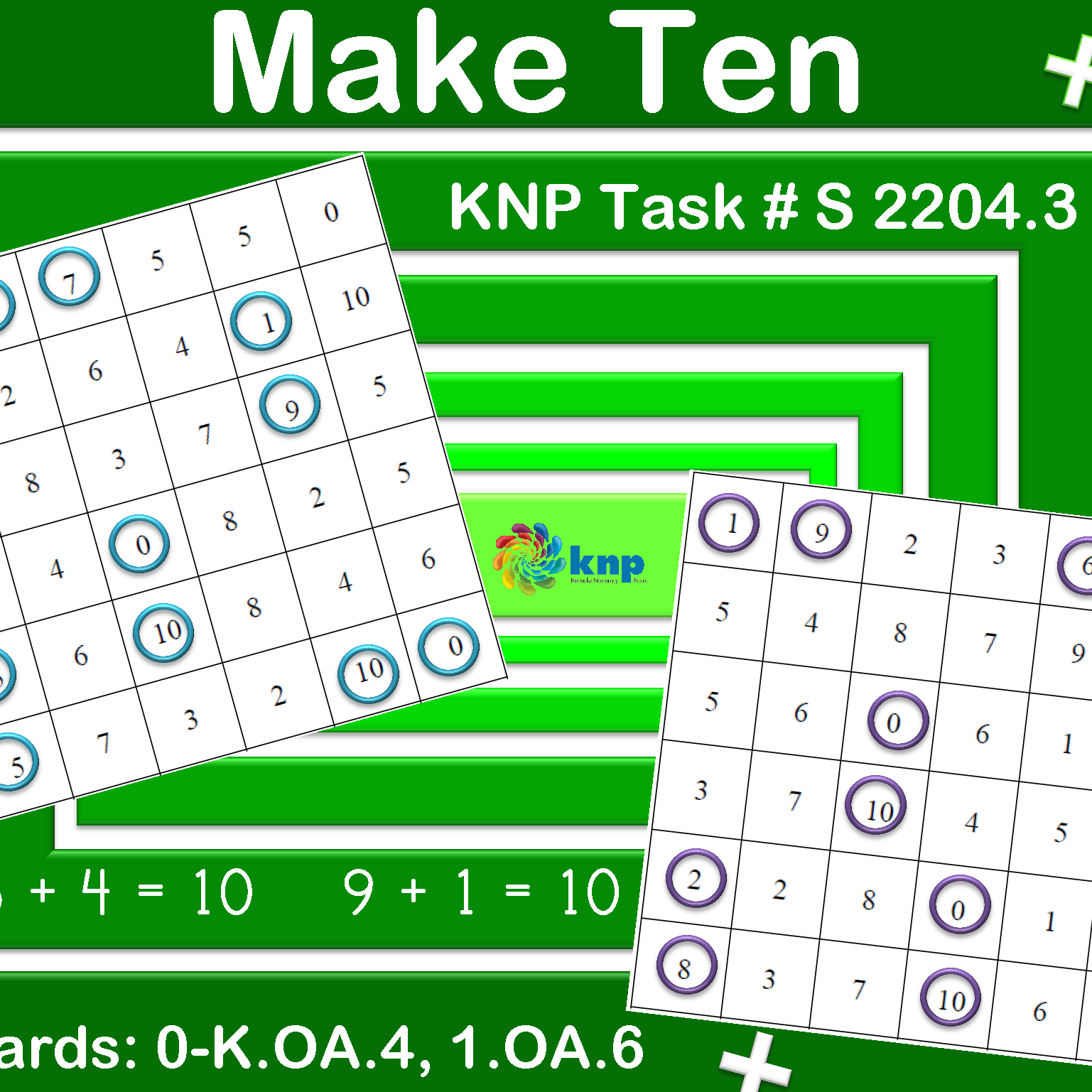
This activity is a great way for kids to learn different ways to make ten with one digit numbers. There are two ways to play and both promote healthy competition. You and your child or children will work to find pairs of one digit numbers that add up to ten.

Values are represented in many different ways. Your child can practice combining values to make ten in this fun game based on the card game pyramid. They will be combining values to form ten from the pyramid in order to discover the mystery card.
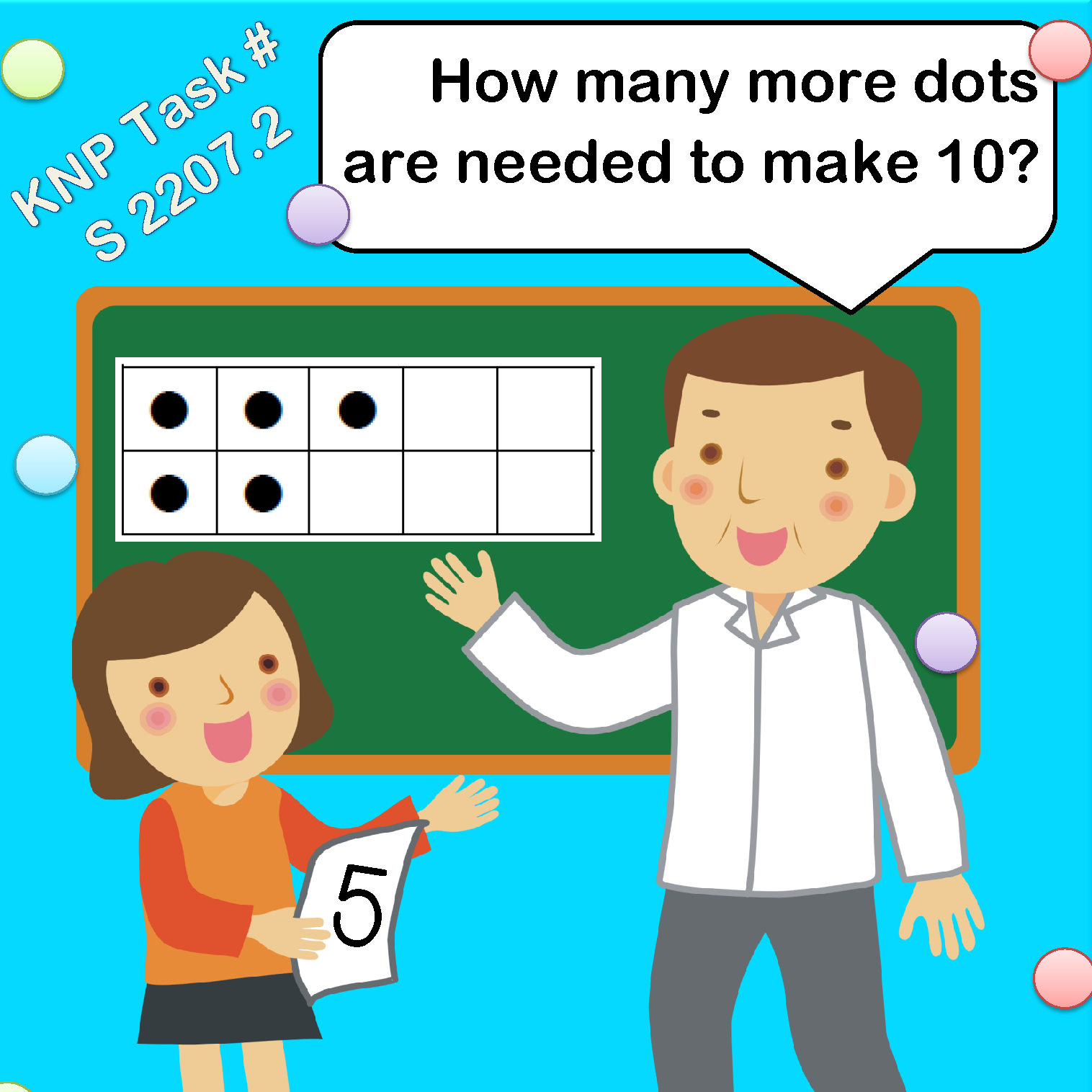
This activity is a great way to help kids learn different ways to “see” the numbers 1-10, begin to group items together without counting, and learn different ways to make 10!

A classic board game is transformed into an engaging math story about your child’s school day using the concept of tracking rewards and penalties. She or he will be practicing adding and subtracting one digit numbers and forms of ten. While working their way around a game board, he or she will collect rewards for positive school deeds or pay in the opposite situation.

Bingo is a game that everyone can enjoy! This version, however, is a fun way to help kids learn simple addition using the numbers 1-6.

Using anything from around the house, your child will work to tell the total of two groups of items (within 20). This activity helps build familiarity and efficiency with addition within 20.

For this activity you and your child will find pairs of quantities that add up to ten and then place them into pockets with the matching numeral that you make! This is a great way to use kid's natural desire to create and use that product to practice important math skills.

Using anything from around the house, your child will work to tell how many things within 10 items. This activity helps build familiarity and efficiency with subtraction fluency within 10.
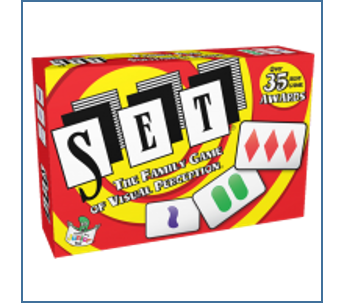
Help your child develop logical thinking skills by playing SET, where players race to find as many SETs (three cards with a common attribute) as they can. The player with the most SETs at the end of the game wins!
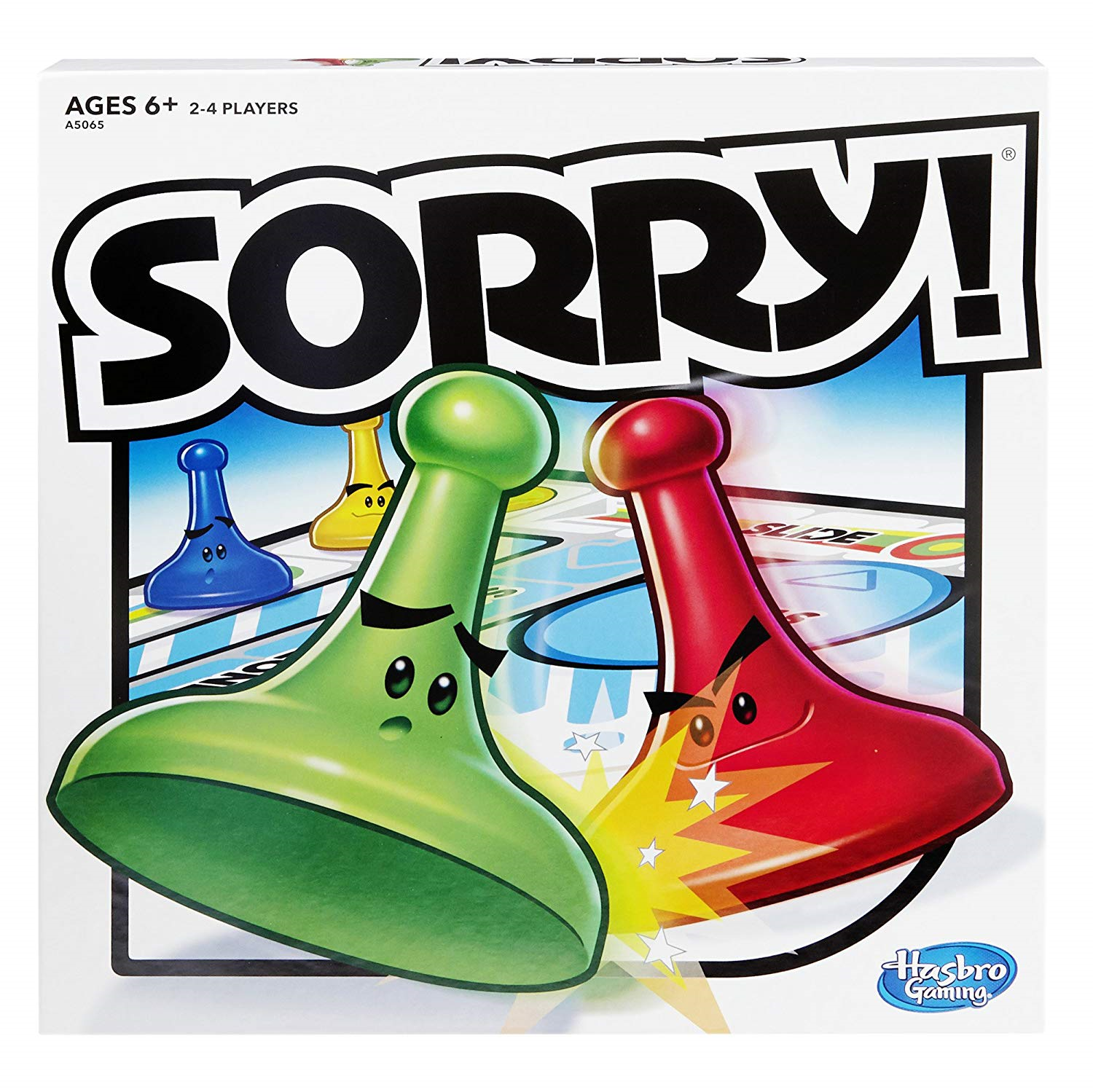
The math, and fun, abound in this classic board game from Hasbro! Players are counting, decomposing numbers, learning one-to-one correspondence, and so much more as they make their way around the game board. Questions you might ask your kiddo as you play: "What number do you hope you draw/ roll? Why?" "What piece are you going to move? Why?" "How many more spaces until you are safe?" "If you get the 7 card, how will you split it? How many ways can you split your moves to make 7?" Maybe even change up the rules and allow different cards to be split!
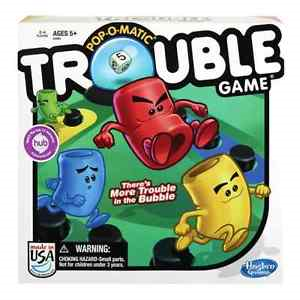
The math, and fun, abound in this classic board game from Hasbro! Players are counting, decomposing numbers, learning one-to-one correspondence, and so much more as they make their way around the game board. Questions you might ask your kiddo as you play: "What number do you hope you draw/ roll? Why?" "What piece are you going to move? Why?" "How many more spaces until you are safe?" "If you get the 7 card, how will you split it? How many ways can you split your moves to make 7?" Maybe even change up the rules and allow different cards to be split!
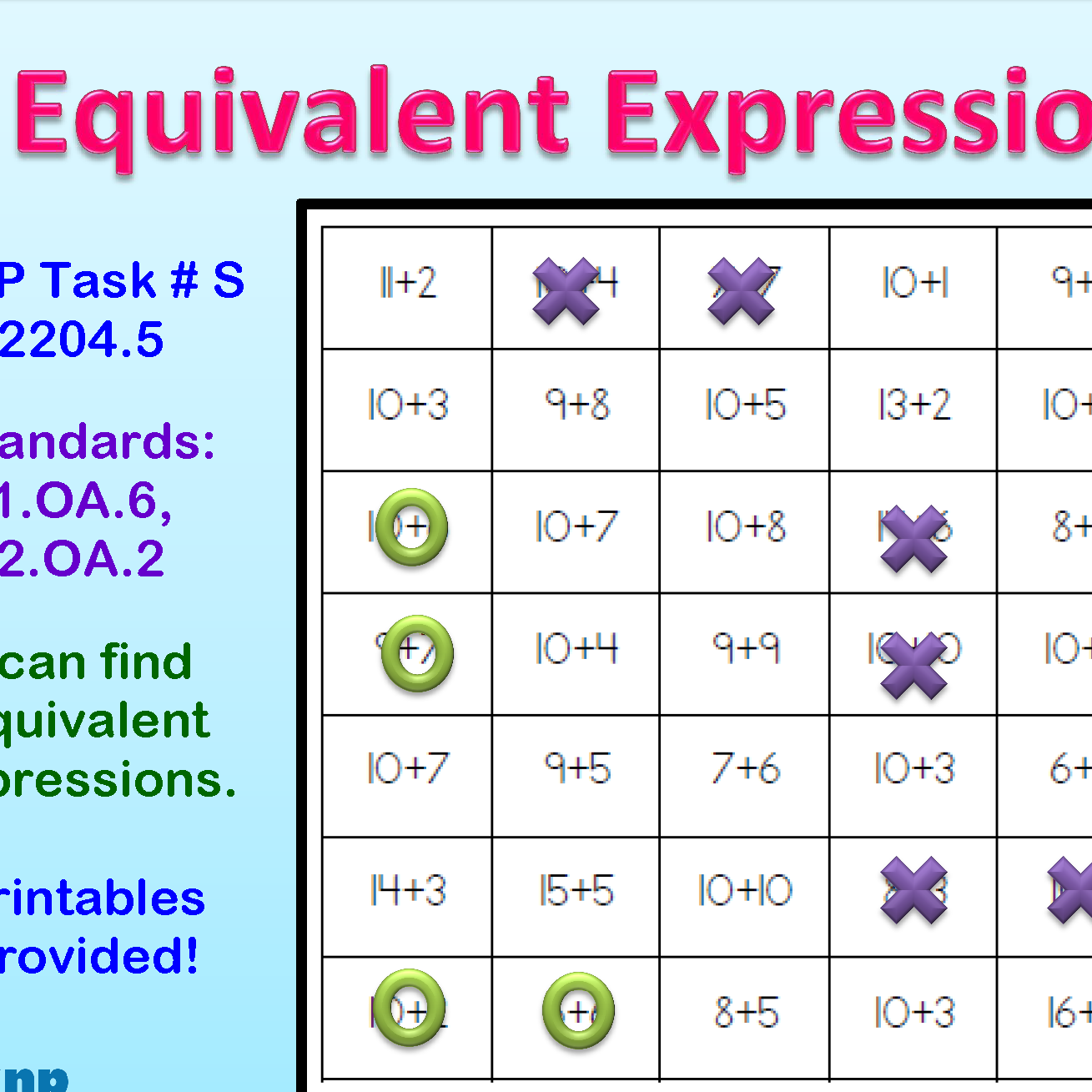
This activity is a great way for kids to see how they can combine different numbers to come up with the same total. Those pairs are equivalent expressions. You will be finding pairs together, as a race or independently.
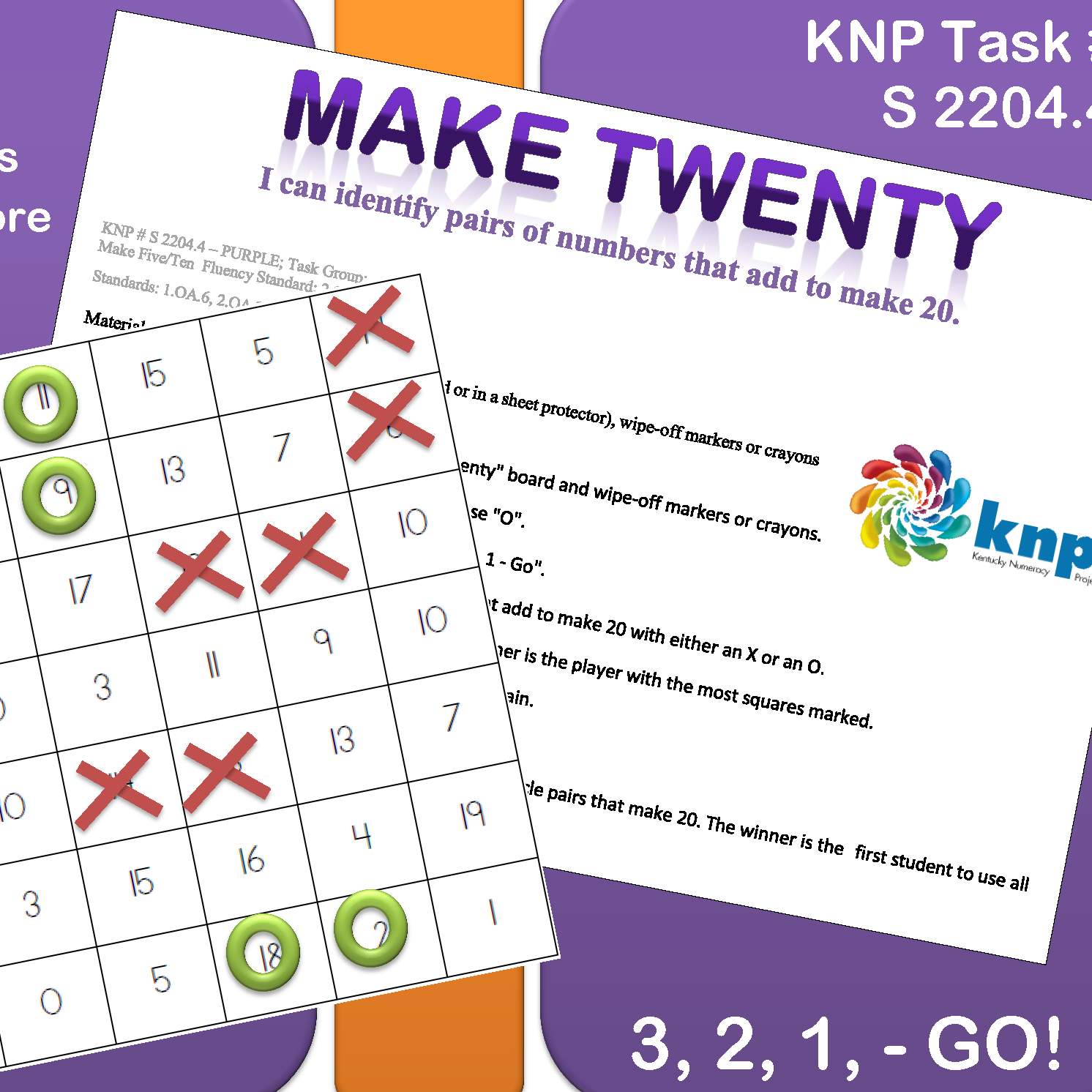
This activity is a great way for kids to learn different ways to make twenty with one and two digit numbers. There are two ways to play and both promote healthy competition.

Values are represented in many different ways. Your child can practice combining values to make twenty in this fun game based on the card game pyramid. They will be combining values to form twenty from the pyramid in order to discover the mystery card..

This activity is a great way to help kids learn different ways to "see" the numbers 1-10, begin to group items together without counting, and learn different ways to make 10!
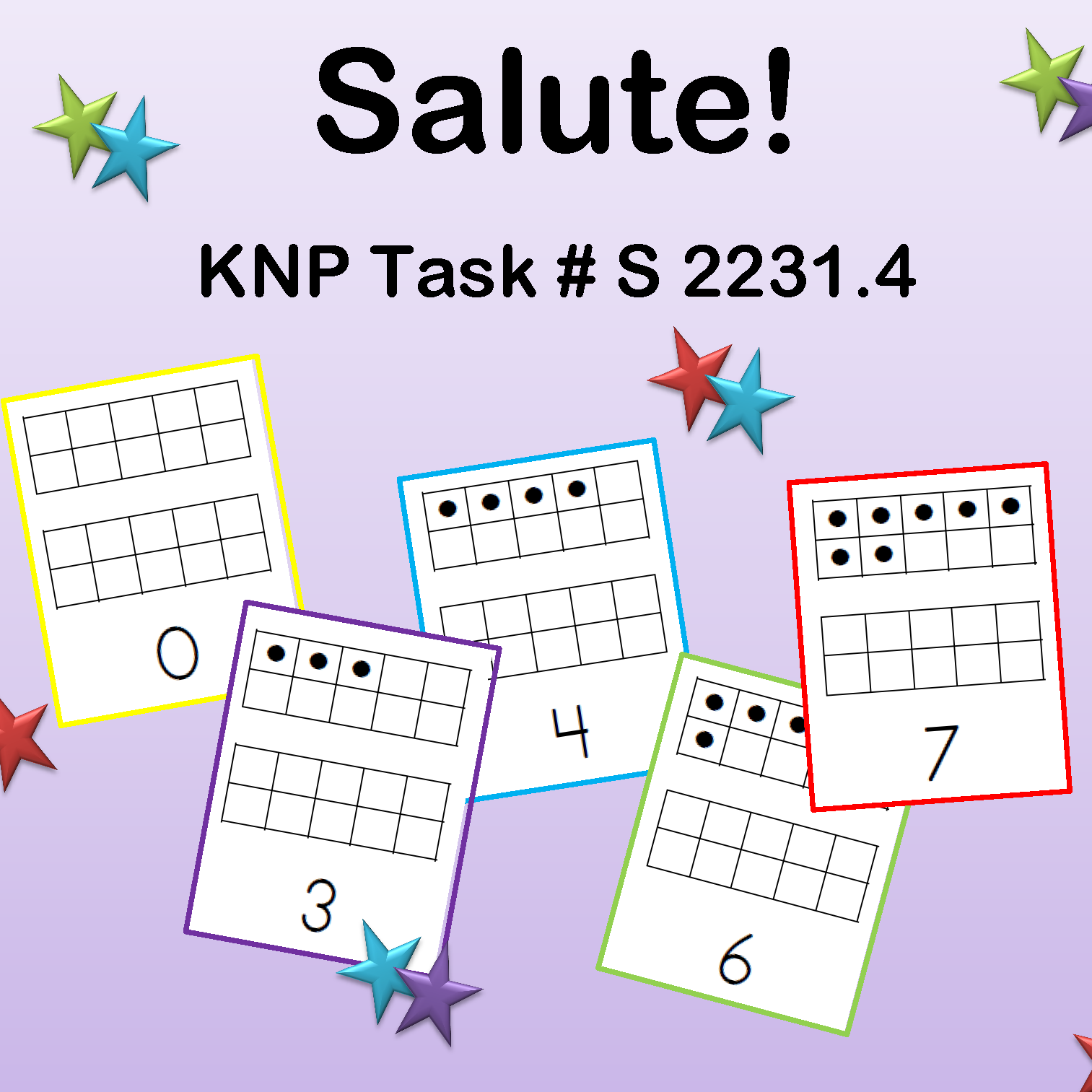
This fun activity is made for groups of three. You will be using mental math strategies to find sums and differences while play acting the part of sergeant and soldiers.
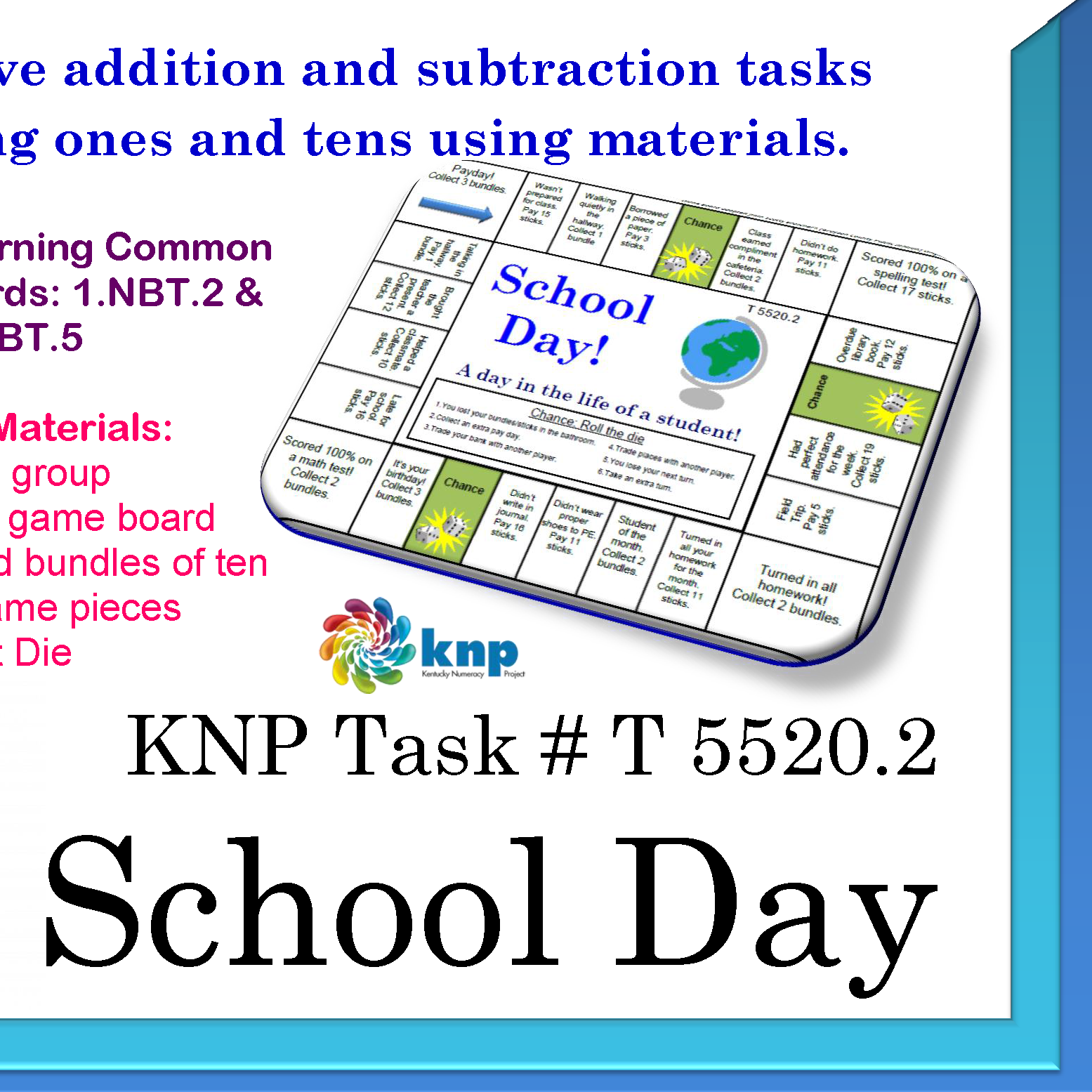
A classic board game is transformed into an engaging math story about your child’s school day using the concept of tracking money transactions. She or he will be practicing adding and subtracting one and two digit numbers while working their way around a game board, collecting rewards for positive school deeds or paying in the opposite situation.

A classic board game is transformed into an engaging math story about your child’s school day using the concept of tracking money transactions. She or he will be practicing adding and subtracting one and two digit numbers while working their way around a game board, collecting rewards for positive school deeds or paying in the opposite situation.

Bingo is a game that everyone can enjoy! This version, however, is a fun way to help kids learn simple addition using the numbers within 20. Practicing adding these numbers together in different combinations is a great way for kids to become familiar with these facts.
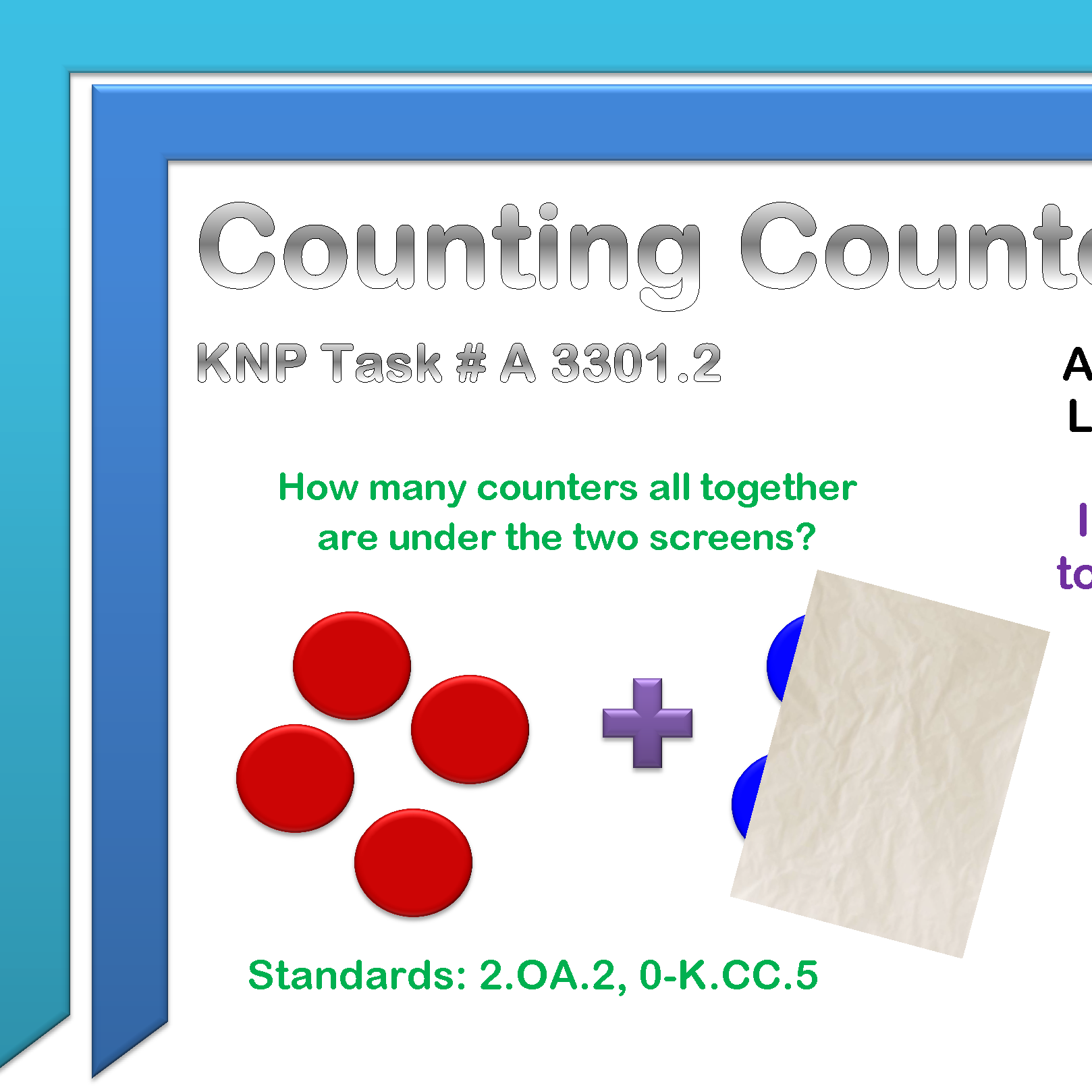
Using anything from around the house, your child will work to tell the total of two groups of items when one set of items is covered. This activity helps build familiarity and efficiency with addition fluency within 20.
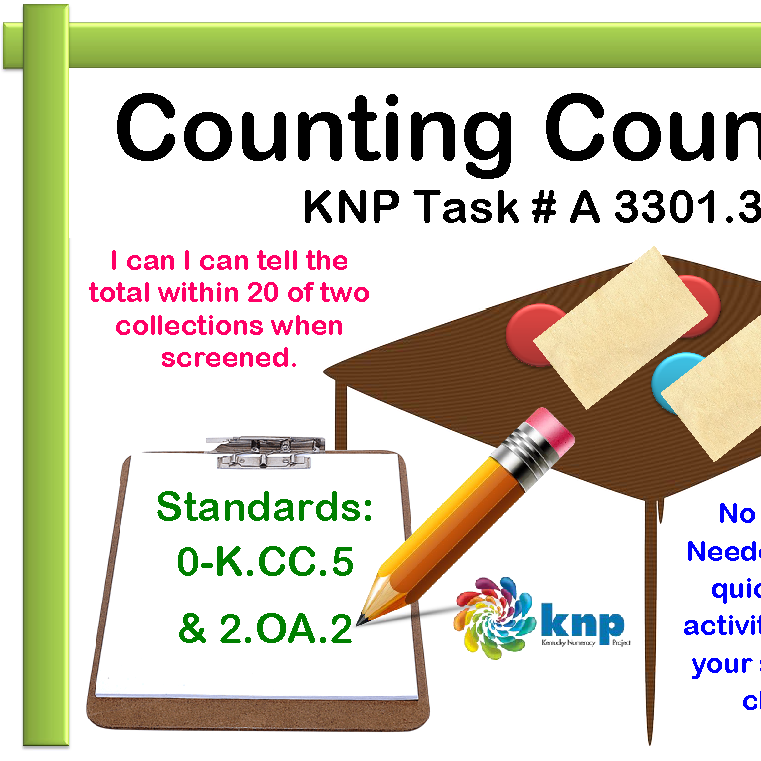
Using anything from around the house, your child will work to tell the total of two groups of items, beyond 20, when one group of items is covered. This activity helps build familiarity and efficiency with addition fluency within 20.

For this activity you and your child will find pairs of quantities that add up to twenty and then place them into pockets with the matching numeral that you make! This is a great way to use kid's natural desire to create and use that product to practice important math skills.
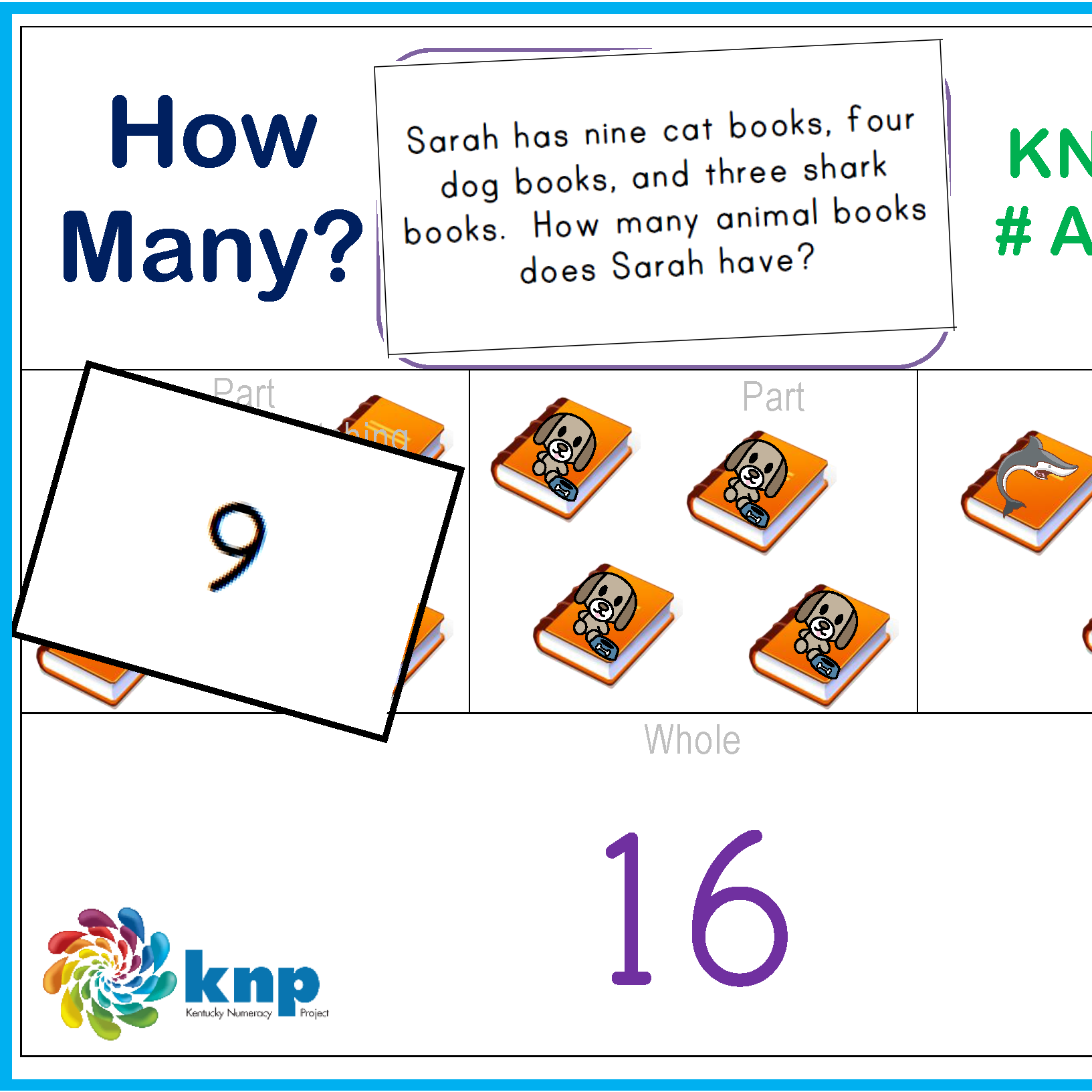
This activity is a great way to help your child develop different ways to solve problems that involve adding and subtracting! Do you remember doing “word problems” when you were in school? Sometimes they seemed like trick questions instead of questions related to math. This activity will help your child think about different ways to break questions apart so that they make sense.
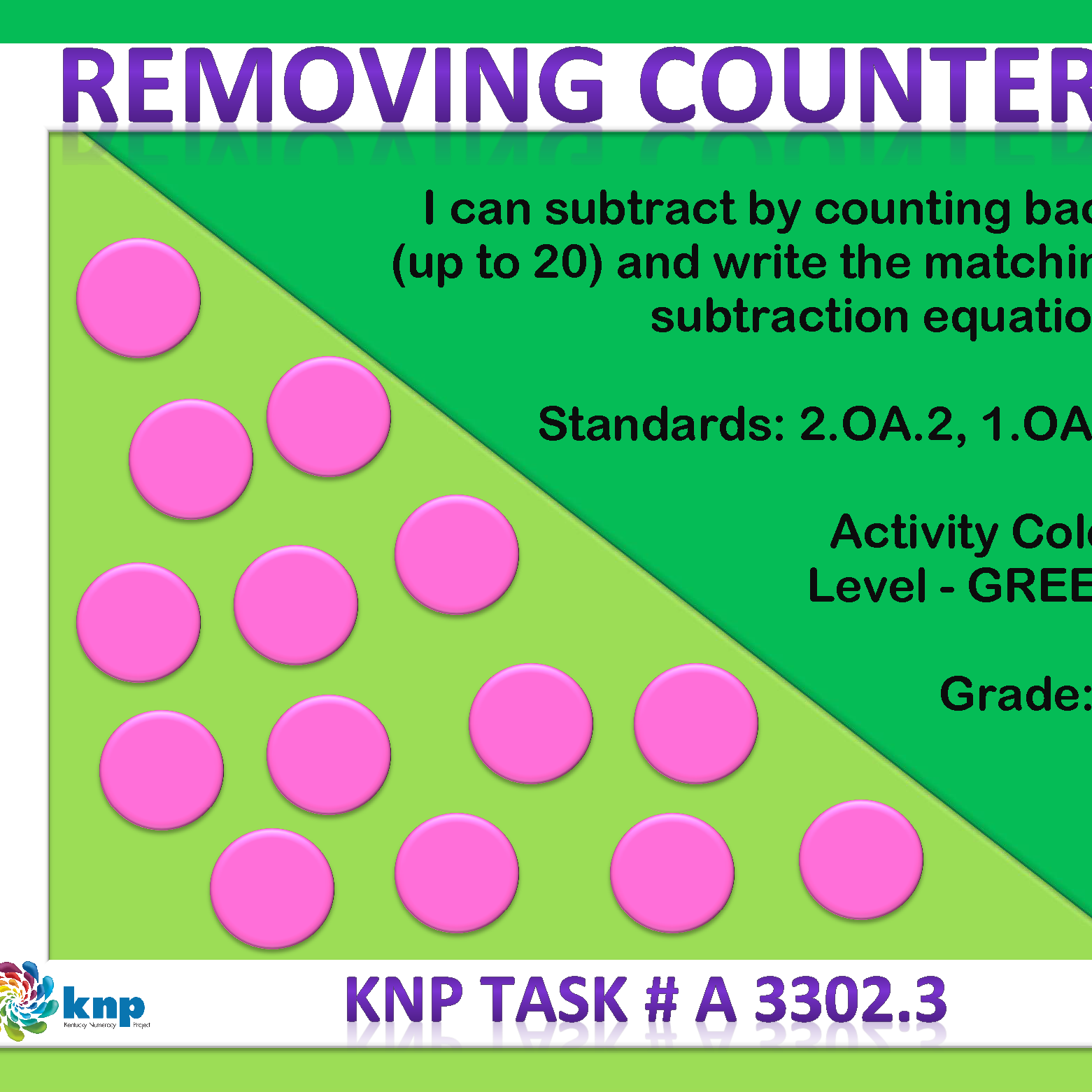
Using anything from around the house, your child will work to tell how many things within 20 items. This activity helps build familiarity and efficiency with subtraction fluency within 20.
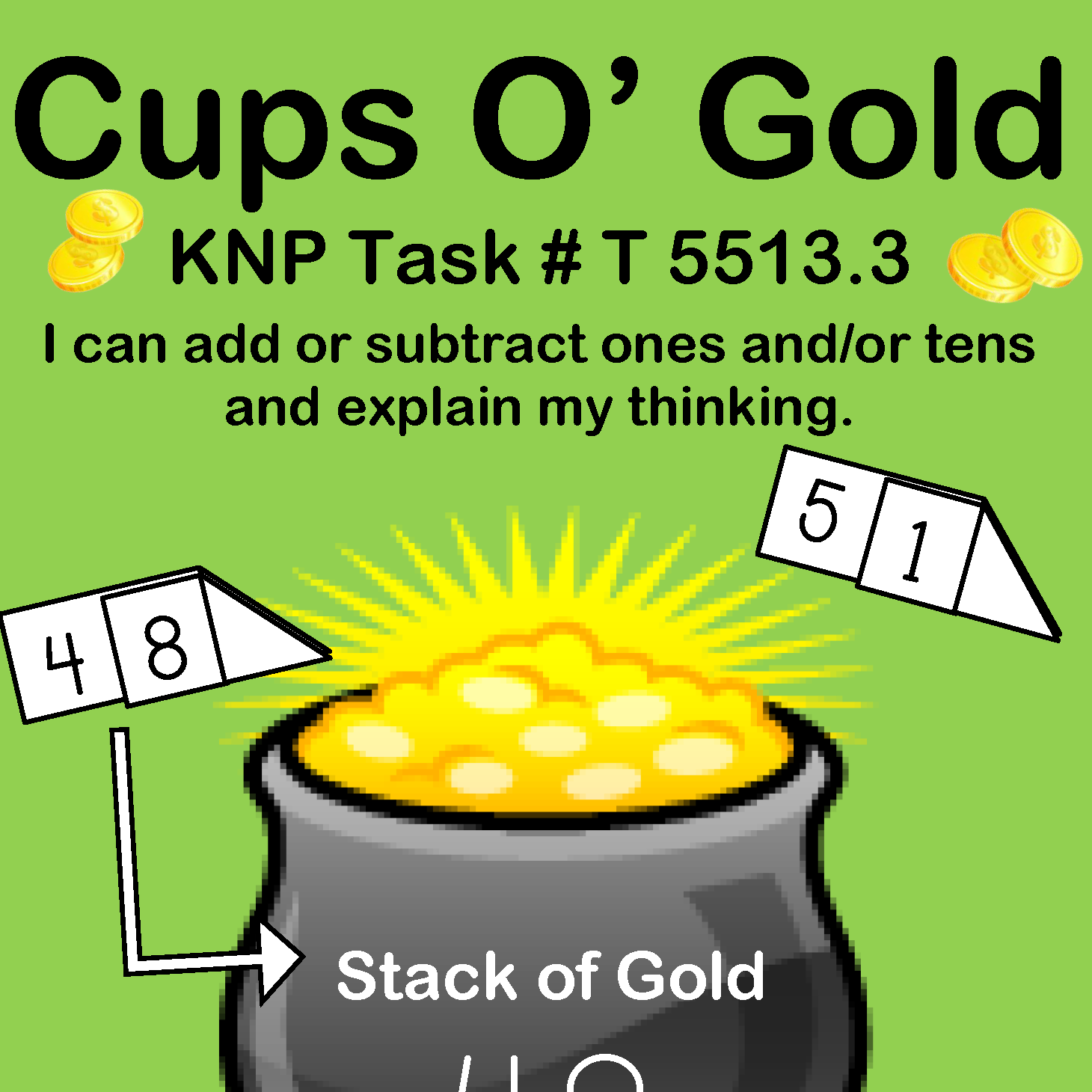
This activity is a fun way to practice using what they know about place value to add and subtract numbers up to 100. You need two players and both will create a "stash" of gold with arrow cards. Your child will start by creating a “stash” of gold by selecting two arrow cards.

Three in a Line is a game that uses materials you can find at home and a few printables to help your child work with groups of ten in order to add and subtract.

You are working for the Composite Cookie Company and the orders are coming in! It is fun for kids to pretend to work for a cookie company and also practice their multiplication mental math skills.

This activity asks your child to connect the dots with horizontal and vertical lines to find the number of squares that will fit in given rectangle. Once they make lines to create the blocks they can count the total number of blocks they have created.
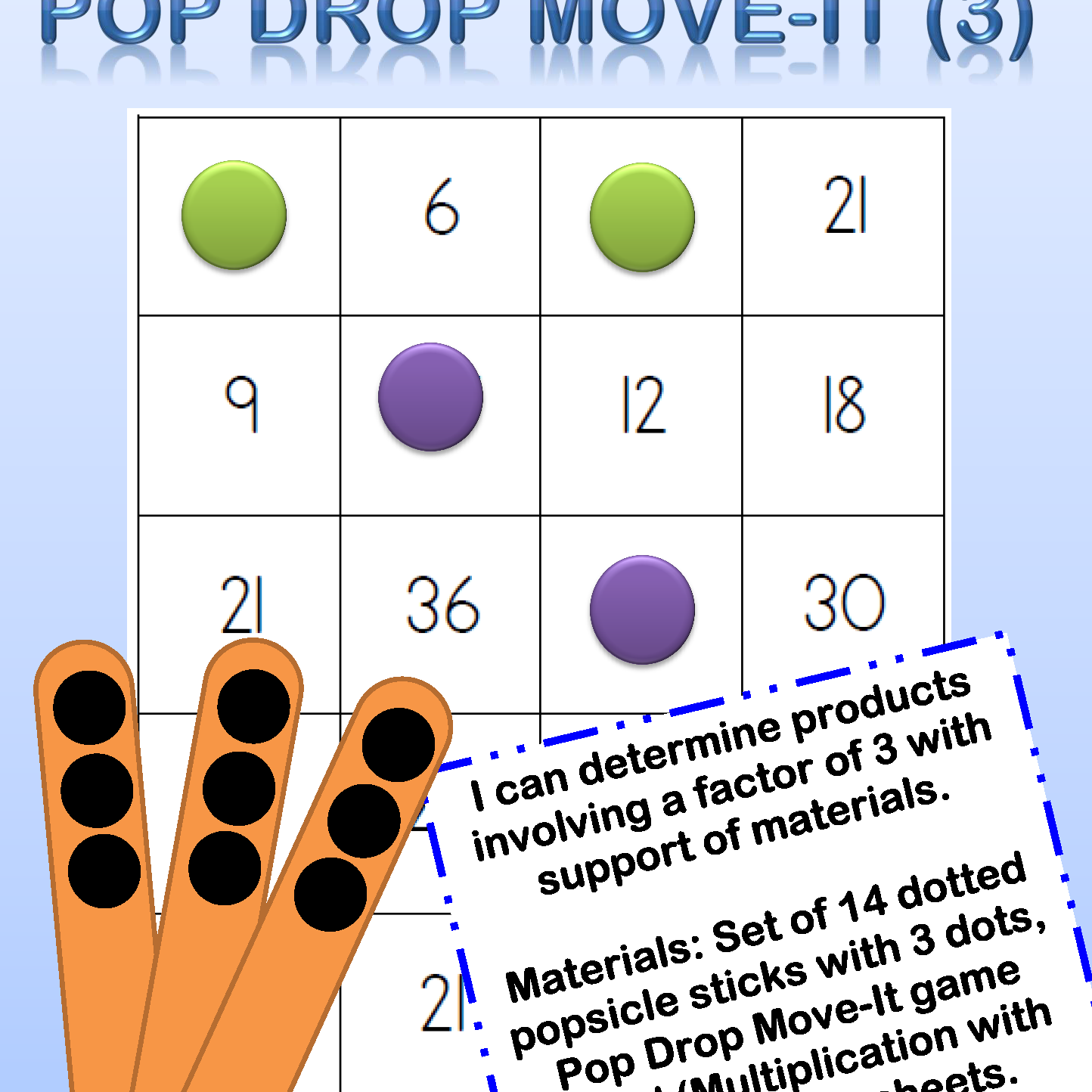
This game is poppin’ with fun and action! Hard to believe for a math game? Well, math is fun! You and your child will use popsicle sticks and markers to toss and solve multiplication problems.
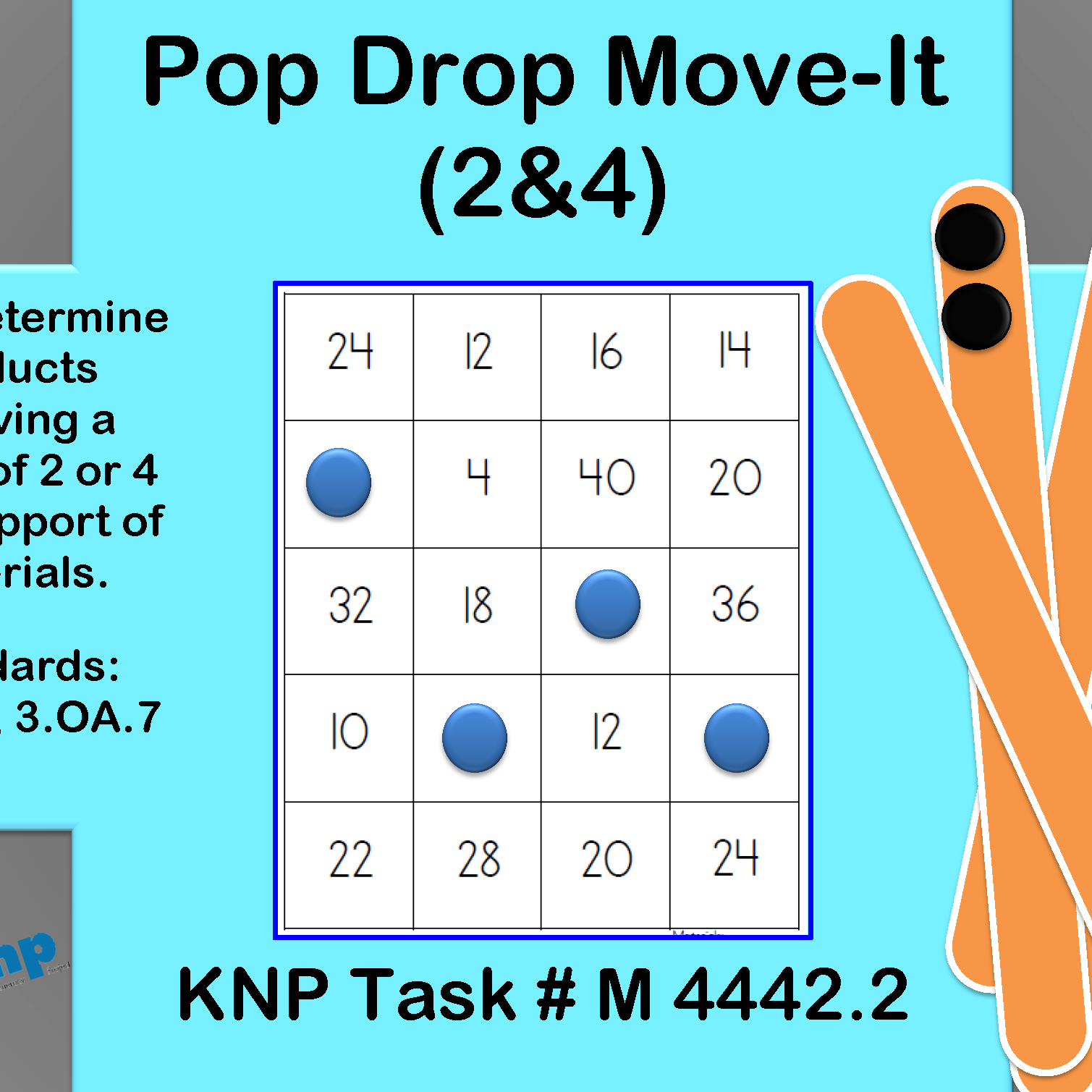
This game is poppin’ with fun and action! Hard to believe for a math game? Well, math is fun! You and your child will use popsicle sticks and markers to toss and solve multiplication problems.
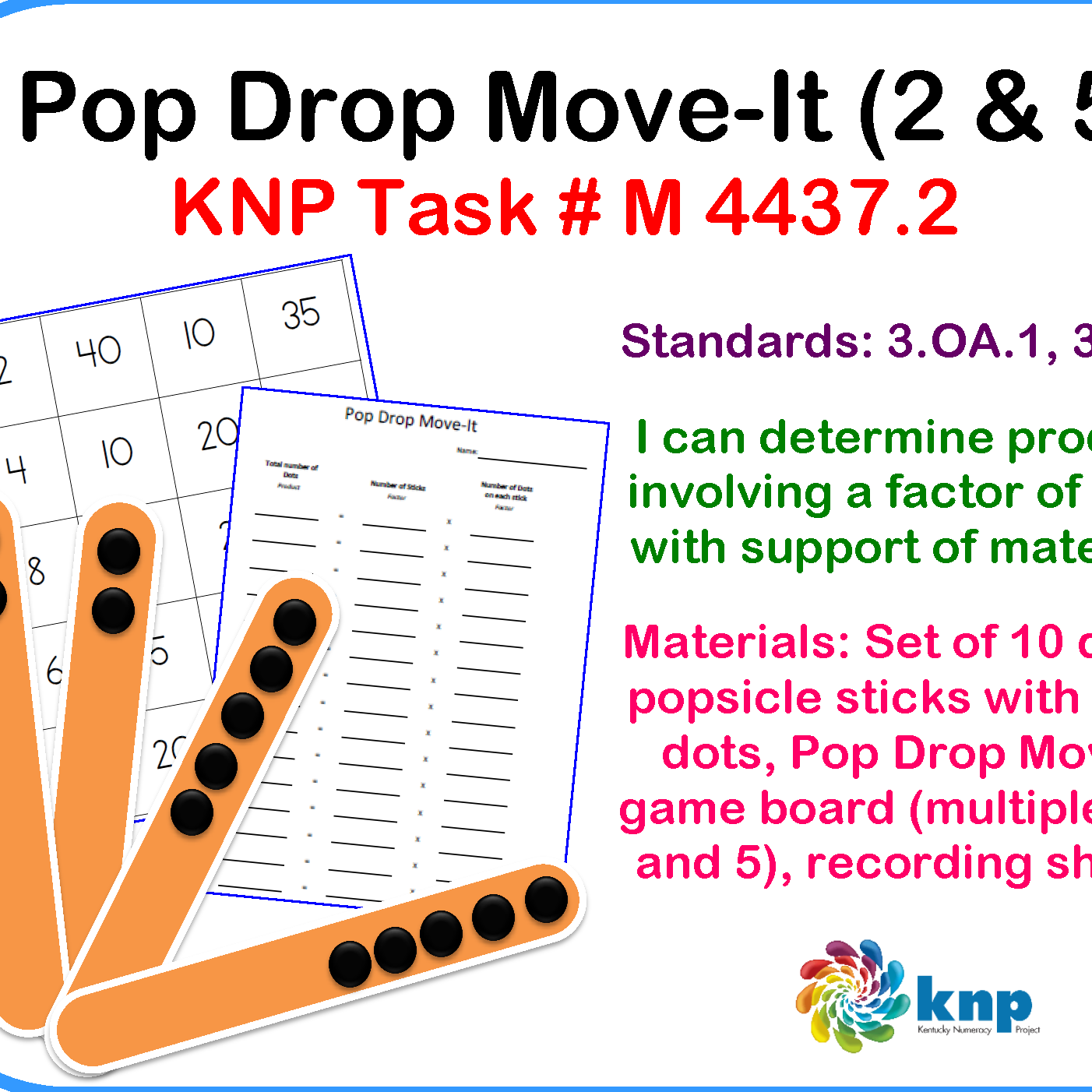
This game is poppin’ with fun and action! Hard to believe for a math game? Well, math is fun! You and your child will use popsicle sticks and markers to toss and solve multiplication problems.

This game is poppin’ with fun and action! Hard to believe for a math game? Well, math is fun! You and your child will use popsicle sticks and markers to toss and solve multiplication problems.

Your child will be countin’ cowboys to find the total number of cowboy boots. This activity will help your child learn how to count by two’s.